|
I made my first handmade book in college. I took a great, year-long course at Brown taught by the artist Walter Feldman that was half of the year paper-making, half of the year book-making. We had the use of the John Hay Rare Books library, just next door to the art building, and we made books in editions of three or more. I concentrated in my art major on printmaking, and so this theme of multiples in my work begins here. Learning to repeat something that interests me, to see where it leads, began with that printmaking practice and the creation of multiples. I made paper with symbolic content to it, like fibers from my mother's nightgown, dried flowers from her room, and then experimented too with things like coffee grounds, tea staining, lots of sentimental ephemera. Most of the paper I made was white, and I still have a lot of it today. Bookmaking in the course was formal, and I don't love the books I made in the class. They looked like most handmade books you see at a fancy store, elegant and formal. I did make a final piece which I still value: a sagey green book box, with two smaller booklets inside. One side had a floral handmade paper and photographs of my deceased grandmother, who died when my mothers was five years old. On the other side were delicate reproductions of her medical papers, describing her cancer, her visits, and her autopsy. After college, I made and sketched in journals, and began making very experimental books out of things like bed sheet pages, with wool blanket covers, one book with blank pages whose covers were made from a journal whose pages had all been pasted together and were illegible, inspired by the way traditional book board is made. I've always loved papers: collecting them into groupings by color, folding them, piercing them, dipping and staining them, and of course drawing on them. So many of these books explore and share paper. They are generally not for writing in, not for reading, not for using really at all. They are just little nuggets or facts in and of themselves, and I still value them immensely.
I enjoy the work of making a book, and I have a box that has book materials in it: the wax for waxing the book thread, stacks of papers and half finished projects, things that would work as book board, etc. My recent books have been to formalize the Death Book project, by making books from the papers of my dear friend Ron who died last March, and my grandmother who died in 2005. The two books are very different, in part reflecting the different scope of material I had for each. My grandmother's papers range all over the place, all her studies, her journal entries, letters and lists. Ron's papers almost all relate to courses he took and independent studies of Buddhist writings and practices. These books exist in multiples of maybe one or two. I made one smaller one of my grandmother's materials, but it has yet to get a cover. I also have another book in progress, made from the pink tissue paper backings of a whole series of plastic gloves, an old way of packaging them. The plastic gloves are attached and they are quite something. I have also made books out of carbon paper, paper towel, junk mail, old insurance papers, books of unused tickets, and similar. I have been to the North Bennet Street School in Boston's North End, where bookmaking as a craft is extremely exacting, alongside the craft of building violins, guitars and fine furniture. This is not my grade of book, and I'm relieved to say so. I don't know if I would have made any of these books if they had had to be perfect. I am glad they exist. It's funny to me that I then went out and made self and other published books - artist books of a different sort, and that these have become central to what I share in the world. These larger scale production books can be shared much more easily and affordably, handled by everyone, and reproduced easily and yet it's nice to share here the other end of the spectrum of book I have made.
0 Comments
I’m fascinated by the trash cans in artist’s studios. They often have a rare level of truly disgusting filth in them, and usually some rotting yogurt or something too. Why, you might ask, is there a higher level of disgusting to many an artist’s trash can than others household or office trash cans? My theory is that artist’s use everything that could be used, scrap paper, things we’ve pulled out of other people’s trash (Hey! this is a perfectly good piece of foam/tupperware container/colorful piece of string!), sawdust, iron filings…and too, many of us are really tired at the end of a day, and so taking out the trash is generally not something I do very often unless its stinking or nothing more can be added to it due to being overfull. That last part is an exaggeration and I do know some extremely fastidious artists. Also, many studios have mice, or other small vermin and so some artist’s do not have the luxury of leaving their trash lying around. Also, about the yogurt, many artist studios don’t have sinks, and so there can be a pain in the butt factor to properly rinsing something out, that, at the end of your work day you can’t be bothered with.
Anyway, it’s often a unique kind of messy, the inside of an artist’s trashcan. Take a peek on your next studio visit occasion, or look at your own trash a little closer. Look in the trash of many households or offices, and you will see the commonplace items like dental floss, q tips, unwanted notes and packaging. When there is a lot of one thing: plastic bread tags, rubberbands, tiny dots of hole punch litter, and other discards, both kids and artist’s take notice. There’s a kind of abundance to something collecting, and it becomes a kind of texture or pattern that can capture the creative imagination. Likely, I’m overlaying my own worldview onto other artists when that’s probably not the case for many. And probably, I’m more of a lazy slob than most. Some people may only allow into their studio the highest quality materials and someone else takes out their trash. Others might only work with plants, or single objects, but this is my theory about artist’s trashcans. As for me, there’s always been a desire to reuse what I already have, to make a new discovery in an unlikely place, and to work with what’s already around. I do this with the Death Books and my other handmade artist’s books, I did this when I made Help me [ ], do the thing. from bits of other art projects, when I collage, make most kinds of sculptures like the Three Variables series and Offering Shelf. Back when I lived in the North East, I used to visit New York, and in New York, my friend David X Levine, in his mid town tiny studio, where I would flip through his lovely collection of black books containing his drawings. We did several trades, and I have a lovely collection of his drawings as a result.
I liked his system, and I learned a lot from his system of barter as well. Bartering is one of the true abundances of being an artist. If someone likes my work, which is certainly not a given but has often been the case, we can often trade services for artwork and it's a win win all around. If there's a mutual fan club going on with a fellow artist, we are often abundant in works to trade. Sometimes, people do not want to barter, and this is always important to fully accept before you even propose it. When it is a Yes for you both, how to barter is not always clear. And for any kind of studio event, how to share your work on paper with people where it is unframed and keep it in good condition is a real concern. From David I learned that the black books with plastic sleeves allows someone to really go through your work, and select their favorites, while keeping the works safe from oils and spills. I have grouped work by year or by series in these books. I love to know what work people love because I learn about them, about the work, and it gives me some good information for a time when they might get a gift from me. The worst thing is receiving a gift of artwork that you don't like! What a waste for everybody. So I like to be able to mark pages with sticky notes to help me remember who likes what (this sounds so organized, but then I throw out the notes and it all goes to shit, but I try). Barter is also a delicate matter because you don't want to trade just anything, and if someone can just pick anything, it would be a disaster if you weren't ready to part with that particular piece, or it was of greater value to you than what you were getting in return. David's system was to have the person pick their five favorites out of whatever selection you were open to bartering for. Then you remove two that you'd rather keep from their selection of five. They then remove one of the three remaining as their least favorite of those three. Which leaves two. Usually, by this point, one of the pieces is crying out as the one: Pick me!! The one that is meant for this person. At this point, in other words, the work selects itself, or one of you makes the move. This way, we've learned a lot, played a little selection game, and gradually, come up with the win win barter choice. Everyone goes away smiling. So the black books is a way to facilitate this exchange while keeping your work nice and clean. You can also use cellophane protection sleeves, or just a good pair of clean gloves. One word of caution about the black books: if you buy them used, or reuse them, be sure that they didn't have charcoal or pastel works in them prior, because then you get that crap on your pristine works. Recently, I decided to reconsider everything by emptying these books, the work in them has gotten a little mixed up and some of it needs to be considered afresh, and inventoried. So now the work is organized and these books stand ready to refill. What's your system, barter story, question or thought? Please share in the comments, it's much more fun with your contributions. I've been trying to put my finger on something since my return from the Colorado River last week. It was a short trip. Hard even to recall and yet it's left an imprint that moves like a sun spot - always on the periphery of what's going on, but here still, adjusting everything in a way I can't yet place.
While there on the river, one thing presented after the next: floating, climbing, eating, chatting, hauling, organizing, snacking, getting ready for and floating out of the next or last rapid, covering up, cooling down in the water, caring for eyes in the dry hot wind, playing werewolf in the dark with eight people whose names I mastered just as I bid them goodbye. And the whole time trying actually to arrive. We stopped at many bright and sacred oases, hidden waterfalls and water pools, places where ancient Puebloans left the mark of concentric circles or stored their grain way up high. Each of us rested on a warm rock in the shade, watched the glowing walls change as we floated up to, by and past their silence and specific set of magnificent scars. I was rarely alone - normally I am alone more than half of the day. There I sat only a handful of times in solitude. The time I sketched canyon walls in the ninety degree blue white moonlit dark, too bright to sleep in. The times, each of them, when I was easily an early bird, rising before others to stand at river edge, or look out from the privacy of the 'adventure toilet', or to follow the hide and seek of a dawn bird call. The last time was in Deer Creek Canyon, sitting, awed by the height we'd climbed up over the waterfall, to the oasis behind and above it: cottonwood trees, carved pools, the sense of a thin flat plane of water appearing to flow uphill, the surprise of a place you didn't expect, and the overwhelming presence of grief love: when one's home in another has gone beyond one's physical reach, accepting the time had come for them or you to leap the ledge. There and finally in Flagstaff when I shut the door to the hotel bathroom, were the moments I registered being alone, outside of the itinerary, the patter of family, short term plans and passerby, the flowing by of scenery unlike the familiar touchstones of my home address and agenda. The main takeaway: This all slips by. It can't be held. It's vaster than can be comprehended or discovered, it's sometimes floating, sometimes shocking with cold or challenging with a heart-pounding climb. You can't stop it and yet it is saturated with tenderness, an intimacy that you already and ever are, that soft sand suggests and the small circle of a blowing weed traces in it. Just this is yours for just right now. Sometimes, when a friend invites me to go look at art somewhere local, I feel the burden of my identification as an artist. Such a foray as 'artist' often feels wearying. Usually, the evening ends up being a better experience than I thought, about friendship and empathic joyfulness for the artists exhibiting, but the story of the whole thing that proceeds such an outing - the thought and precursive feeling - is what can feel oppressive. It's a shared, social set of norms and patterns that I have been trying to lose for some time.
Something has always felt off kilter about how normal it is to 'seek' as artists, and how often quite blatantly the commerce game in the US is very stacked against the delicate skin of many a creative. Also lopsided is how gallerists and curators are lightening rods themselves, the focus of so many people's wants, and then also seeking the sales, or the grants, or the reviews. Who wants to relate to the world from that place of lack and want? I am reminded, of a trip to New York City I took when I was still in my twenties, with a good artist friend at the time. She had a complete reverence for each work we looked at. She took her time. She was quiet, as if watching wildlife. She was just alight with the work, all kinds, all eras. The fact of its very existence filled her heart, it seemed to me. It felt like we had taken a pilgrimage. I was brought up looking at art and going to museums. By that trip in my twenties, I was already sort of numb to its magic. I do however remember being very small, and delighting in a color, a bold assemblage, a particular type of line or mark, or some whole crazy mess or elegant, painstaking arrangement in the white square of a museum. This younger self reminds me that my heart has always been tuned to this type of song. My friend in New York showed me without meaning to, where I had gotten overly familiar with the sacred exchange of looking. Today, the decades of past association appear at moments, to have made me jaded: perhaps because an eye roll is easier than a broken heart. Put differently, the breathtaking first love of a color and a form, overlaid with a professional career of success! rejection, utter disregard, success! deflation, disillusionment, confusion, bitterness, loss, little success! and then in many regards just turning, three quarters of the way away, can make a little jaunt to an opening, feel complicated for me. It's similar to how I have felt as a single woman in my forties, trying to decide if I wanted to join a dating app one last time or if I was completely done. I decided I was done. And from this came a deep layer of, eventually, freedom. I could be a happy spinster! I enjoyed my own company. I loved making an X with my limbs in a bed all my own. Doing whatever the F I felt like, whenever. Having my sister's kids over was delightful. I regard the newish and changing art scenes around me today with weary distrust. There's the Boston ones, the Detroit ones, the Michigan ones, the Maine ones. Or is there? These are stories and thoughts, based on past experience and conclusions, high and hard moments, objectifying stories, that ultimately have no more basis than me as an object among objects in the world. Stories are so compelling, but they often don't hold up upon scrutiny to have any actual reality to them. Aren't we all just waking up, getting a cup of something, brushing our teeth? As a small and separate personality, there is always something more to get. As aliveness itself, the thing that leaves a body so remarkably when it breathes its very last breath, there is nothing ever to want. You are all of that already: all expressions, all things, all epiphanies, high points, all tragedies. Making art is a choice to play, a choice to discover what thrills this particular vantage point I call me. What she's curious about, what fascinates and even repels. This kind of exploration can extend too, to everything. To every moment of apparent choice, to tuning into the inside Yeses and the inside Nos as one finds the flow and eventually returns to just being flow. Being flow won't look a certain way. It won't associate with a certain crowd. It won't follow a script. But it is joy, wealth and perfection, the way water moves in a river is that. So my aspiration, to say it out loud, is to roll through the chances of experience where they lead, calibrated as I appear to be, toward certain things. Sometimes out of a need for practical outcomes, sometimes out of a pull or an inspiration, sometimes because something is not feeling great. In the words of 12th century poet Jelaludin Rumi, You are the honored guest. Do not weep like a beggar for pieces of the world. What appears to be true is that both sides of the coin, the little me with her wants and history and aspirations and hurts and prides is held in the aliveness, the situation itself, the one that hears the prayer. Sometimes there's a moment where a skin gets sloughed off, an old tight story, and for a while I have been molting on this artist one. this artist skin. This form in a sea of forms, stories and associations. How is it for you, as an artist or in your profession? Do you sometimes feel the expanded way, and then contract into the local story of comparison and ambition? Do you see it an entirely other way? Have you found ways to stay open and tender even where there may appear be sharks (or at least sharp rocks) in the water? I would love to learn from you, how to surrender this little striver to the great open water of color, light and infinite form. I have never understood the fashion of people walking around in paint covered clothes as artists. I understand the occasional sleeve edge or mark. House painters or dry-wallers, I get it, but the crazy covered sweatshirt seems very intentional when I consider my own working style. If you saw me working in my studio, you would barely see me move, much of the time, and my clothes are generally paint free.* However, there are times when I am moving, when I am doing a pour or working with lots of containers and tubes, on every available surface; then, things become a serious mess.
What I regret is trusting myself to be neat and careful, when if I stop and think, I will remember that I exhibit neither of these qualities, especially when actively experimenting with something on a painting surface. I only remember when I have neglected to put my old jeans on instead, or remove a brand new pristene pair of shoes. The worst is acrylic paint that I only notice when it's fully dried and permanently damaging some lovely pair of wool slacks with an edge line right at the crotch. I am wearing such a pair now free of blemishes, and at low risk because I am typing on a computer today. * Now that I've taken up oil painting again, I am going to qualify that statement. In fact, I do get paint lots of places when I work in oil paints. It just stays oily and wet and smudges everywhere. I also made myself an apron that covers nearly all of me, and that is hugely helpful. Chop saw is an object that for me factors into a story of success and change over time. In 2009, I wanted a chop saw. The one I wanted was $500. I didn't have this money available for the saw. Wherever possible, I avoid owing banks money, and so I began to put away $5 a week in an envelope labeled "Chop Saw". This became routine, and $5 a week was easy. I didn't think about it until 100 weeks later, the money was there, all saved up in Chop Saw, the envelope. At which point I bought it.
So that's chapter one, in which I didn't go into debt but I saved up patiently and got the dream saw. I get compliments on it from carpenter types often. Up until last summer, this saw sat on the floor of my studio and got tripped over, occasionally being set up outside in the kitchenette area of Humphrey's studios or in the backyard for use, or the floor of my studio. This led to complications of saw dust and noise. That's chapter two. I have the tool, but the space is not ideal. Chapter three is that now I have an actual space for this saw, which technically is the unheated wood shop adjacent to my studio, the front part of the garage that is my studio, and it has its own metal table and it's own dedicated spot. For the first time, there is a true home for this saw. It has been used to build a bed, dining room table, thousands of wooden blocks for the Attendant Series, to cut studs for at least six walls in three studios, all the trim and moulding and two ceiling frames, a diminutive shelf, and recently lots of PVC pipes and too long pieces of firewood. When I run it today, there is the joy of knowing that it isn't causing a dust problem, because it's in a bonafide wood shop! Now, we just need to get all the other stuff like bikes and lawnmowers out of there, and all will be happy ever after. Lately, I am undergoing some studio changes. This is an internal and an external thing. I’m looking at what motivates me to do anything, and taking some prompts from my intuition to make some changes.
One of these changes is that I’m going to go from occasionally donating books to a shelter or money to an organization like Kiva microlending (also very fun and low stakes), to baking it into my way of doing business from the ground up. So far, this has turned out to be delightful. In the past I have always had some story get in my way of doing this: a) I don’t make enough money and this will hurt my business. b) I don’t make enough money and this won’t help anybody. c) Other people should give to me, they have more than me. It's amazing how many years of my life I've spent in such a poverty mindset. I was also just too busy spinning my wheels about whatever I woke up thinking about to make much progress until I began learning about an organization called Effective Altruism, after listening to a podcast in which Sam Harris interview’s its founder, William MacAskill. From there, it’s been a slow slide, involving asking good friends with very different places on the spectrum of wealth, how they do their giving, and then I took a few concrete steps of my own. While this is a process only in its early phases, as of January 2021, I have set up a system whereby every time I sell a product, a tree is planted in some part of the world where reforestation is needed through Eden Reforestation Projects. This idea came from a lovely conversation I had with friend and design crush Leila Simon Hayes, whose pattern designs and related products are most excellent (she also designed the covers of my first two books) and donates similarly to the Eden Reforestation Project. Through conversation with both Leila and my dear friend, art peer and co-conspirator Sue Murad, I decided to just do it. Additionally, I donate 10% of income that I earn through my studio to something, currently through Effective Altruism, where I know the money will be as effectively used to save or improve a life, as can be managed, based on their careful research and experience. I wanted to share this news with you, so that every time you find yourself at my shop, or considering the purchase of an artwork, you will be benefiting many, and bringing me a spark of delight in the process! There are other changes afoot that I will share as they happen, and I will likely focus in on how to give with more specificity as I learn the most effective ways to do so. In the meantime, I wanted to let you know both for accountability and to inspire you to think about where your money goes. As an end note, this process has made me more aware of who has baked philanthropy into their business models, in formal and informal ways, and made me more and more likely to buy from them than from brands that may have personal profit as their primary goal. I also love this model because it does not follow the non-profit model, which seems to shun money and profitability, and require the exhaustion of always looking for funding. It isn’t always sustainable and seems to equate earning money with being dirty, leaving that to others. I think profitability and self sufficiency is extremely interesting, but all the more so when it’s to make a more powerful change in the world you see around you. This is big talk from someone who barely knows what she’s talking about, but hopefully it inspires you to be curious and creative in how your money circulates and benefits the world around you. I know for most of us, it is not currently cold. If you are reading this on a particularly hot day, may this post be like standing in front of the open refrigerator - and a reflection on how much can change in just a few months. This was written last winter.
Today, I consider the cold to be a form of mess. It's a pristine and gorgeous form of cold outside. There are big, slow, lazy flakes floating down, and a fresh, powdery coat of white snow on every available surface. The studio is all snow light, and on both peripheries, the gentle sifting motion animates the windows. It is ten degrees farenhiet outside. I have built a champion fire in my wood stove. There are five logs ablaze in front of me, and the glass door is closed, so that the fire blazes to its highest. I am doing everything in my power to bring the small thermometer on the stove surface into the 'burn zone', the deep orange part of the thermometer between yellow and hazardous red, between 300 and 600 degrees. Currently, we are at 250 degrees, and having taken off my mittens to write, I have discovered that it's not warm enough. My fingers are quickly cold, hard, frozen nuggets. When I have managed to crest into the burn zone on other days, I have done a little dance and sung a little song. Because once there, you can generally coast there, and actually feel the space heat up. As it stands now, I'm close, but at popsicle finger level still. And I can see my breath very clearly. Not being in the burn zone means that there is not enough heat in here to step further from the stove, to sit a the table, and get absorbed in artwork. Even two feet from the stove here, is not warm enough for the ten degree day outside bright, no sun. I have thought about crowding all relevant furniture within two feet of the stove. This would be unmanageable on many levels, so it's just a chair. Is this a problem? Perhaps not, only maybe if I sit and consider this one thing as needing to happen, to be warm in the studio and working when in fact it is too cold to work in here. It may take five years to figure this depth of winter temp management shit out. Is a mess the same thing as a problem? I suppose this whole series is an exploration of that. It is a way of normalizing and sharing the mess as part of what is natural and normal about life. About the activity of being alive. In the mind frame of a stoic, I could deeply appreciate that I can just go inside, into the warmth, even climb in the bath, and be overly hot in 30 minutes. I'll go back to the fire with a few more stoking moves, and then we shall see. This title makes it sound like this random white bookshelf has a title, but until this post it has gone nameless. I made the simple discovery that Ikea folding white vertical file holders fit perfectly in it, and ever since it has become a moment of visual calm and apparent order in a room that truly is usually just a huge mess.
This object containing objects fits with the very cheapskate theme of most of my objects, found in the trash or in junk shops, in that I believe I acquired this object from my mother's home, back when I was about 19, and these folding file holders are like three bucks a three pack or cheaper. Because I work with found paper a lot, several of these bins are filled with just that, or with materials test information, older labels, process docs, my own reviews and old postcards, others show postcards that I want to remember or project materials that are too bulky for regular filing but to papery for box storage. In any case, this bookshelf of bins makes me feel mildly like a professional. I worked for a while at the Montserrat College Gallery, and there I encountered a similar storage system of their exhibition document history. I realized then that just like a gallery, I have a history of events, of reviews, of print materials, as well as paper materials that come in handy for different projects, and they all go here. It's taken all day to get into the studio. There are days like this when I feel fiercely protective of my time in here. The funniest thing is that what I do in here looks like so little outwardly. I read a little, I write a little, I drink coffee if I have it, I listen to music. Sometimes I nap. And sometimes it's all activity and insight and inspiration and stepping back and looking or marking and cutting and placing, digging around for stuff. My favorite is when I'm on a roll with something, when I know what I'm doing and how and I love what I'm making, when I'm literally delighted, or internally lit up, or you could say joyous, about what I'm doing.
I got a book by Anne Truitt off the free pile from my good friend's studio's common area. I'm feeling it. I read these lines just now: ...this process is mysterious. It's like not knowing where you're going but knowing how to get there. The fifteen years that David Smith thought it took to become an artist are spent partly in learning how to move ahead sure-footedly as if you did actually know where you are going. -Anne Truitt Yes, it's like tracking yourself. Where was I? What was I caring about the last time I was in here? What did I learn? What did I know I was to do next? I also read these lines: At first tentatively and then with more confidence, I began to find delight in the acquiescence [to the natural flow of events], and finally even a kind of joy in acceptance. Also Anne Truitt. I enjoy reading what artists write - some of them, and how they talk about what they care about, because it's generally 180 degrees opposite how the rest of the world is marching along, and it feels like a tall glass of water when I'm thirsty. Those are my feelings and my words. Anne Truitt had a very up front professional career. I am tired by the thought of trying at that anymore, but I have confidence that what I do and make is no less important or inspired, when the inspiration is here. So that's a kind of acceptance and freedom. Freedom in knowing that it isn't up to some art scene mafia to decide what is of value to this one in the middle of her life, and what's of value is letting this natural flow occur. I had a lovely early career in Boston. A sweet little CV of shows and associations. I am pleased to have that memory. There may be more in the future, and they may not be. And that is not for me to decide. But it is, right now, clear that my job is to show up here and make work, and share about it, and the process of making it. There's no question to me that I am an artist making strong work. I don't doubt that. I may and often do doubt pieces, if they're resolved, if the presentation is strong and clear, etc. But not if the activity and the viewpoint is of value. No one will prioritize this more than me. And the same time, it's all ordinary art-making. Someone just stopped in to invite me to join them for digging up some free plants across town. It's nice, and it requires me telling the truth, that No. There is nothing in me that wants to leave my studio to go dig up some plants. No and no. thanks. Maybe another day. Not now. This small cylinder is a recent addition. I have had one in the bathroom at home for years, and I enjoy its shape, size and the texture of all of the small Q tip tips making a nubbly top surface. In the bathroom it is for the usual things, but in the studio it is a very specific tool for painting.
When painting in any medium, there is often a need to wipe away, either too wet pigments, or to pull away a lighter line, or a specific spot. I don't generally use it to daub pigment on, mainly because there's too much fuzz and it would likely absorb too much of the paint. But it is a great tool, the Q tip, or cotton swab if you prefer, for removing specific small areas of paint or overly wet paint from an artwork in any paint medium. I also really do love having such a good use for such a cylindrical cup. I found a couple of these at a junk shop, and used them to drink coffee out of until I noticed a very strong soap smell emanating from my coffee. After repeated washings, there was no hope, but there is use always, for a small container of Q tips, and this is when it became a team player in the studio. Because of it's strong associations, I've spent a lot of time considering whether to use the word 'prayer' in my books at all. It's one of those hot button type of words, for many, and so I considered using several others instead. Other words I considered using instead of prayer included: Petition Supplication Affirmation Request Poem Intention Ask Aspiration Have I forgotten any that come to mind for you? Writing all of these down makes me a) want to find an anneagram just because that sounds like fun (SPARPIAA? APRIAPSA!) and b) helps shed light perhaps, into what prayer is. I always find this - that just translating, rewording, re-expressing something a different way, gets in between the labels and the lines a little more, into the experience of a thing itself. I know for me the word prayer is a label. It’s something that THUNK has a symbolic shape and feeling and form. For some, this symbol or label has a positive tone or feeling about it, or a mixed tone, or something aversive, irrelevant or negative about it. When sharing about this book with say, museum shops, I avoided using the word in email post titles because so many people would just say NEOPE and delete it. Anyway, here’s what I learned from the consideration of and use of other terms. Petition was not as religious of a word, and so might have been more descriptive or inclusive, and yet for me there is a pairing with politics, PTA meetings, civic dialogue. This kind of petition, meaning the kind you find in three of my books, is intimate, sometimes wordless, sometimes even embodied in gesture. Supplication, to supplicate, is the ‘act of begging for something earnestly or humbly.’ Someone pointed out to me that that is one type of prayer you might find in my books, but it isn’t what all of them are. Some of them are more like ‘Hey thanks!’ or ‘I’m not cool with this’ and those are points of contact, but not supplications. Affirmations do apply to many of these prayers. This is language more of Buddhism, freed up from religiosity in the traditional western sense. An affirmation by one definition is a form of emotional support and encouragement, and so when directed from me to me, or from me to someone else, may be like: ‘You’re doing great!’ or ‘You’re beautiful, don’t ever change.’ Some of the prayers in my books have this kind of tone, but instead they would be phrased like ‘Remind me’ or ‘show me that I am beautiful…’ which combines supplication or affirmation. Requests would work, for sure. or even the word Bid. I like the word bid, popularized by the phrase ‘Bids for connection’ in the work of John Gottman, because a bid can take many forms, and I think prayer can be the way one lives a life, receives a gift, receives an unwelcome piece of news or a loss, or essentially, does anything. So I do like Bid. I’ll keep that one in mind. But on the cover of a book, it might relate more to the association with an auction and the Highest Bidder. It has been pointed out to me that this series of books of prayers are essentially poems. Yes. However if I thought of them a poems, I would be twisting myself into knots, trying to wordsmith the crap out of them, and nary a one would have been published. So I’m glad that thought didn’t occur to me. But for many, I have learned, they look at these as books of poetry, and this opens things up even more. Intention. Intention is a word I use a lot. It’s a word that gives shape to the nebulous. It’s a word from which things materialize. I find that prayer is a form of intention. It is an intention perhaps to connect. To widen, open, release, remember, rest, through a bid for connection, or a prayer. It has a great relevance to these books. These books as I see them at this moment, are a way to frame an experience, a way to shape or re-see and turn to a new view of what had previously been understood, thought of, or determined. It’s like a pulling back and opening up. And these are all a form of reshaping, intending. There is a collaborative aspect to both the prayers and to intentions. Intentions perhaps connote a more self oriented activity, but perhaps these prayers are similarly that as well. Ask is just a term that I rarely use, but a fun alternate to throw in there: Contemporary Asks to Whatever Works? sure, but the grammar gets confusing! Aspiration - a hope or ambition of achieving something. Yes, this does fit. An aspiration to whatever works, is like a bid or an ask, a form of reaching. And prayer is in a sense an act of reaching. So, that’s my meander through a process of vetting terms for the title of my books. Incidentally, the third prayer book is called the same thing as the first. Originally it was going to be called Volume 2, with the same name, but the sales team decided that for new readers that would be confusing and so left it off. So I refer to it as the All New 2021 Edition for the purposes of clarity, because it is all new art and all new prayers. Your thoughts? Other book title ideas for the future? Please comment below! Find Hannah's other books for sale here. I am noticing a theme of thrift in my studio object register. Here is another thrifty item, originally a simple pack of wooden clothes pins. These first arrived as part of a project in Gloucester, in which I was 'installing' powder, rubber, plastic, twine, wood and rock in color coded arrangements throughout the park. It was one of the first such interventions I had done, and to my mind, it was one of the least successful. I had no sense of scale, and my plan was very under developed, so that when it came time to execute, a visitor could not see the work from any distance, and it could be confused with a mess left behind by a child. I suppose that could be said about several of my projects in fact! But this was an early example of such work. Anyway, I used yellow, green, white, pink and blue paint to dip the tips of these wooden pins in, and then used them to affix similar colored materials to various park furniture. You can see more of this project here. When the project was over, these pins just became part of the mix in the studio. Some are in a bag of deinstalled projects, available for remakes and new projects. Several have been ready for use on my tool caddy, along with the ubiquitous black clips. And recently, they are seen on the working wall, holding new works on paper in place to be studied, glanced at, pulled down and worked into. I recently stapled a small box to the wall, for unused clips and another for nails and pins. While that's a separate tool, the boxes, they now house the clips, some dipped, some just wooden. The plain wood ones likely also came from inside the house, where they find occasional uses, but many more here in the studio. I also use them to clip up things I dip in paint and hang to dry. This can be heavy papers, pieces of wood, and even the clips themselves. It's fun to dip stuff in paint, for me. This object has been traveling with me for over 14 years from studio to studio. I have never actually exhibited it. I may never. It has shown up in several studio photographs because it is often out and commanding a small parcel of wall or shelf. I made it in 2007 when I had a studio in Somerville MA. I was wrapping and folding and stabbing and dipping stuff, and came up eventually with the series called Three Variables that was on view at Judy Goldman Fine Art. This little pink sculpture was a scout for those, in that it was an experiment that caught my attention but didn't feel resolved. It has, to me, a lot of personality.
What I didn't see then, but do now, is that it is a figure. This is probably obvious to everybody else, but it's taken a while to understand what it is. To me, it's the bundle of energy parts, or sensations, or just parts, that comprise a person, probably in this case, me. Wrapping chords of tension, layers of diverse textures and materials, a chunky little core, and in this case, what appears to be like a side pony in a now corroded rubber band on top. Now I see it's essentially a self portrait. I call it a Scout because Chris Nau, an artist in the same building at the time, shared this term with me for something that you do and eventually, years later, it makes sense, in light of the future work you hadn't yet made. Like a precursor or a portent. This is a small reminder of perhaps the spirit of Hannah, my small Daemon, though it's never been for anybody else but me. I like to place it on the top edge of a shelf or painting and just balance out the room with it's vibe. Here it is in situ, meaning situated just above the mess. I bought these out of fascination at a big box store in Watertown, just down the way from the in-mall registry of motor vehicles where I was one million and one in line to get a license renewed. I strolled in and found these shoes, so ugly that I found them beautiful. They were a gray blue, the blue of crafting projects of New Hampshire, and they were a slip on clog as you can see. They had a molded pattern as if they were a sneaker, except that they were all plastic, and a clog. Do you see why I had to have them for $10? I hope so.
As it turned out, these shoes were unbelievably comfortable and I wore them everywhere, with most all ensembles. I could walk all over the city of Boston in these shoes! And I did. When I had a studio at Humphreys Street, the summers there were unbelievably hot. I sweltered. I would arrive to have a productive day and just wilt, and swoon. My clogs did not breath, and altogether, this situation was untenable. Did I buy an air conditioner? No. Not even a thermometer to get a read on how hot it actually was. But I did take a straight razor and not so straightly cut two wide strips out of the toe area as you see here. Not very well, but it did the job. I no longer wear the shoes about town, but I do still use them in the studio. I have never seen anything like them before or since, and so I continue to value them. They remain a valuable studio tool and they magically do not smell. Among studio objects, my current studio floor I have a very special appreciation for, I appreciate it almost as much as my very first studio floor, which was a very large swathe of high gloss, light turquoise, painted, wooden floor, painted by someone else before I arrived, in a building which was previously some kind of mill. That floor was in the Fort Point Channel in Downtown Boston, where I had my first ever own living space out of college, which had that lovely floor, lots of sun, lots of space, and is now converted to luxury office space whereas before it was artist studio space, not zoned for residential use. I loved that floor because the color was light enough and bright enough to be cheerful, and because the space was overheated with steam pipes which made it very warm, and the color was cool. I have many photographs from that period of my life with the background of that floor, held many open studios in the space, and made lots of art upon that floor. Today, here in my personal studio space in a town that doesn't have any affordable studio space (shame on you Ann Arbor), I have a space in our garage that doesn't leak, doesn't risk my safety to get to late at night, is not a crazy commute (30 feet), and doesn't have a printing press operating below it, or a meth dealership, ghosts, peeping toms, walled off fire exits, slumlords, or homeless squatters next door. All of these examples come from 25 years of studio space shenanigans, and I could quietly die here in this space as a satisfied elderly gal, hopefully not for a long time, and I would be grateful. This floor is a symbol for me of how I can learn things and improve upon things. It's the second studio floor I have 'built' myself. The first was about a mile away from here, in the Walter St. garage, where I put down some plastic sheeting, some thin foam insulation, and then used half tongue and groove flooring I found, and half gray gym flooring. The gym flooring was great, but after about 2 months, the tongue and groove flooring separated, and the whole thing creaked and pitched like an old seaworthy vessel. This time, I did not make the same mistake. I chose a space with a level concrete floor to start, carefully researched options, and then got help from my friend Patrick to install first a subfloor with little rubber feet, and then I put in (by myself which was truly crazy and not smart but it went ok) a carpenter grade plywood floor, and painted it Alpaca. I hurt my knees and shoulder a bit, and did a few unsafe moves with the circular saw, but The two things a love about this floor are that it is level, screwed in place, has air circulating properly underneath it, and has a little bounce under your step like an interior floor. These are all successes. This is the subfloor, and part of the finished floor before painting. I chose to paint the floor because I didn't want to feel like I had to treat the wood preciously. My studio floors get very grimey and very droplet covered and covered with pencil shavings, and now bits of ash and charcoal. I chose this warm, earthy version of an off white/gray called Alpaca because I wanted the space to feel like a light box. It does! However, it really accentuates how much of a pigpen I am, and the fact that I have never tended well to floors. So I try to sweep, I have a swiffer hack that allows me to mop up fairly easily, and I just hope when people pop in they look up at the walls and windows and me, and not down at the layers of floor grime. Eventually, I can repaint it. Once I run out of alpaca, I can try another hue.
Objects are all about you. They seem inert, but each has a special character, one that you may be fond of, may not ever think about, or one that inspires aversion or other negative qualities. I am sitting in my studio right now, and all about me are many objects. There is nothing at all unusual about this situation, and yet perhaps turning attention towards objects is a little bit unusual. I would like to do this now. Similar to the cursory way that in goodnight moon, even the bowl of mush and the spoon whisper 'hush'. There is nothing special or unusual about 99.9% of the objects in this studio, but I want to share about them with you for a couple of reasons. 1) Because noticing what is around me helps me to appreciate and see them more clearly, perhaps care for them better and to enjoy them more. 2) Because I wrote a book whose subtitle is A love letter to all things everywhere, a book about the Elements, which reveals in its pages the very direct way that we are made of the same set of 100 or so ingredients as the objects we live with. So, in a way sharing about the objects in my studio is a way of introducing you to your cousins. 3) Sometimes I notice that people are curious about the hashtag of studio life, and this is a way of sharing a little bit more intimately about what goes on in here. I will begin with the pink tub. The pink tub is very very bubblygum pink. It appears at one point to been a part of a child's playroom organizational system. I can't remember where it came from. I likely picked it up off some curb on a side street somewhere. I believe I have only had it since I moved to Michigan in 2017. In October of that year, I began using a one car garage as my studio, which I insulated and drywalled and laid some rickety found flooring down on. It had no running water. At first I was bringing in my inky, painty brushes to our house on the same property, and running them under the water, but then I realized that this is bad for the watershed, because those chemicals end up in it, leeching down into the rivers and lakes that we so abuse. So, instead, for both that reason and because it was a lot easier, I began just dumping my dirty water into the pink tub. How it works, is that when I want to paint with water soluble paints like acrylic, I pour water from gallon jugs into a little bowl, clean my brushes and water down my ink and paints with it, and when I'm done I rinse out the extra pigment from the brushes in that little bowl, dry off the brushes (or bring them inside if further cleaning is needed), and then wipe down the interior of the bowl with a paper towel. Every time I do this, the tub water gets a new infusion of a dark, muddy, often bluish gray tone. Bluish because apparently, these days I'm using a lot of blues.
This tub is not a color I love, it feels very very much like a giant lozenge of bubble gum, and I don't love having this color popping out in the middle of the otherwise muted space. I like the artwork to be the color to which the eye is drawn. However, I have started using it, and perhaps due to inertia, it's what I'm working with for now. While my current studio was in build out mode last summer (2020), pink tub was in the basement, empty but for a dried 'waterline' of murky gray bluish paint stain about 5 inches up the sides. For a while it held quart cans of stain. I suppose I could've gotten rid of it then, but now I'm back in the studio and have begun again to us it as described above. Eventually I may replace it with something less brazen, but there is also benefit of the bright color, in that it shouts caution at me, lest I kick it over or something, by being so very pink. Beginning a year ago in January, I declared 2020 to be the year of the body. There was no evidence in my world of a pandemic, and this theme had no virus or really health related aspect to it. For me, it was a desire to learn to hear what my body was telling me more clearly, how to do a better job of caring for it. In January 2019, I was starting to get the loud message from eye strain headaches and weird shoulder and neck stuff that I was kind of overdoing it, and essentially ignoring the innate intelligence of my body. So I declared this past year, Year of the Body, and set about a new set of drawings, writing, and thinking about this theme. I have for a long time understood that for me, a highly sensitive person, grounding in the body was the best way to be in balance. This is a long standing theme in my writing therefore, and there are many related posts listed below, if this sounds useful to you as well. I have found that being able to feel my legs and feet while having a social conversation or an argument was always helpful, and that a walk or a lie on the floor has always beens a fantastic way to clear the head. Another reason for the body theme is that for years, figures have been lurking in my otherwise abstract artwork, and I've always wanted to push this away. It didn't fit my idea about the kind of art that I make, and so I didn't want to deal with that. So for 2020, I met this head on, and both went through older drawings, and then began a new series that was meant to explore the feeling of being embodied in the day to day. Here are some examples of drawings of mine over the years that clearly have some kind of a figure in them. TANGLE PROJECT 2009 Toward the end of this year, I shared this whole project with my artist's group, and introduced it with several older projects that also have this body theme, as a connect the dots kind of presentation. So I share this again with you: In 2009, I did Tangle - a performance and documentation which I showed in 2010 in Lancaster PA in a solo show there called Placeholders at the Ganser Gallery. I took eddies of my stuff, like the contents of a junk drawer or office closet bin, and wrapped these items around my head with twine. I photographed myself like this, and then filmed the process removing each item one at a time, and all of the leftover twine. It was a way of making visible and palpable the feeling of having tension or lots of thoughts in the head, and then clearing the head, using the objects that collect around me as metaphor. I did this with about thirty piles of my stuff from various parts of my life, exhibiting the films and photographs. BODY JOURNAL 2010 In 2010 I embarked on a Body Journal Series that has not been exhibited, which was another in this theme of chronic pain and tracking the energy flowing in the body. In 2007 I had created Three Variables, a series of wrapped wall sculptures that is essentially a version of Tangle but with a bit more remove from the body. This was exhibited at Judy Goldman Fine Art on Newbury Street in Boston and versions have been in group shows since. CONGLOMERATES / GEODES 2014 In 2014, I made several sculptural projects for a solo exhibition at the 555 Gallery in South Boston. These two were about considering the body as a collection of conditions, or patterns or tendencies, and considering these in a playful physical form. These are the precursors to the drawings I made this year. I notice a theme of wrapping, lines of tension, and playful variety of things that make up a body. In my humble and non-objective opinion, these projects continue the theme of describing energy, in interaction that's fleeting, in how a body feels from the inside out, in emotion and experience without words. A translation into matter, color line and form of all the objects, the bodies that we appear to be and interact with, their funny jumble of parts and pieces, the ways that they are hard to keep together, have densities, expressions and characters each their own. And in some ways, the way that we are somewhat arbitrary and silly, when in fact it appears we are serious, permanent and somehow fixed.
Next, I'm going to show you the new drawings, as a little series. That blog post is called, Year of the Body 2: The new works on paper.
Last night I started organizing my closet, and before I knew it, I was trying on everything, and having a fashion show for one. Partly, this was inspired by the tiktok meme which had been running through my head for a couple of days: Love it, couldn't wear it.
And partly, by discovering that the pair of pants I'd thought I'd lost were carefully tucked away in an opaque drycleaner bag in the basement! This wide, high waisted pair of pants that i've had for over 20 years, both fit me like a glove and Lo, have come back into fashion!!
So, understandably, for the first time since I moved here, I began reevaluating the whole pants inventory, and the shirts, and the sweaters...in light of well, not even needing to get dressed at all for the amount of people I see. But it was fun for the aesthete that I must admit to being, the one that loves a clean line and just the right color shades and contrasts. It's a lot like cooking, and it's a basic fun - the grown up version of dressing dolls, or, heck, even playing with army men. It's fun to try on these expressions, to swagger about, and to find a spot for the things that may eventually one day, have a role in my life again. It reminded me that just caring for what's right here is the best I can be doing right now. That in the words of my friend Kristen, things are in the midst of change but not the kind we can really make plans around, and this may be a time for simply waiting and trusting. If I get that much energy going again, in this case fueled by a two and a half hour nap earlier in the day, I may just start photographing the ensembles, but that seems like a lot of work! so for now, instead of the usual brazen planning and visioning for the new year, I am going to count the blessings, and the matching pairs of socks and pretty scarves, and care for what's here already. Without any true plan to, I created a calendar for 2021. It has felt this year as if planning was somewhat of an impossibility. Where my 2019 calendar had trips, events, gatherings, and deadlines scribbled into it, my 2020 calendar was more of a crickets type affair. It was not a year for making big plans. So I didn't even plan to do a calendar. After a couple of lovely people went out of their way to request one however, I went for it and lo, they are here! And mostly sold, but I still have one or two available!
The calendar is my way of sharing my favorite works on paper, not all from the same year, but all considered as a whole, and made available as a suit of prints that I fuss over til the color and line and paper tone is all working for me. It's actually kind of fun. And because I have been burned by my smartphone calendar, I personally value a place I can physically write and see what's on for the day. The calendar this year is the same shape and size as last year, but has a perpetual birthday calendar at the back, moon phases, and a quiet little quote at the bottom of each month to give you something to ponder, often about time, or the presence that you are, before time. The Elements book of 2019 is the first place where I had fun sharing quotes on the theme of not being separate from anything, and this second foray is similar in tone, but more for the daily run around moments, which is usually when I'm looking at my calendar. Anyway, I'm glad I rallied and you can take a look here. I love that it won't be 2020 anymore soon, though there were some beautiful moments and gifts in this wild year, and it was at points an entertaining ride. * If you are interested in being notified when it's time to reserve a calendar for the coming year, or you'd simply like to let me know to count you in for next year's calendar to ensure you get one, contact me here. Lately, my lovely morning coffee has been tasting to me like an ashtray. It's funny in the peculiar sense, that I have this idea of 'loving' coffee, that it's so great, and I'm so pleased about my morning coffee. But the idea is not lately lining up with the experience. The idea has gone stale, and so has this coffee habit.
Years ago I stopped having caffeine. That was a good move for me, a highly sensitive individual with an enjoyment of extremes, and another and another cup of something caffeinated. I have been able to have just the one cup of coffee, decaffeinated, but nice and rich, americanos when I go out to a cafe, and it's been working. But the experience and the story are not lining up these days. The experience involves a kind of a yucky after taste, a slight dull ache in the front of my head, and yes, a bit of an ashtray type of experience. Also a coated tongue. Like my tongue has a thin cashmere sweater on. Coffee breath. Even the nice hot temperature feels a little much, like it makes my eyes bulge a bit. Why do I think of this as good? There's some fear of trusting my experience over the idea. What if I let go of a good thing and I'm wrong? Well there's not far to fall here, as I can always begin again, this coffee habit, and there is this kind of FOMO - what if I feel deprived of my treat? Initially there's a hurdle to letting something go when there's this kind of attachment - a little bit of withdrawal and perhaps a feeling of missing out - but then, I'm guessing, freedom. I can have a great day even if I am not slugging the brown stuff, and a lightness or freedom in knowing that I don't *have* to do a damn thing. So, you're the first to know, I may be quitting even my decaf for a bit. Imagine! We shall see how it goes. Is there a place where you have an idea of something being a 'good thing' or 'treat' where in fact it's kind of shitty feeling when you engage it? Just becoming aware of this, as this post has helped me do, creates a tiny opening to try or choose again, just to see what it's like. Instead of the 'I have to XY or else' story, perhaps it's 'I can, but actually, I'm good, even without it.' Now that I have this gorgeous space, I notice that - just as always - perhaps even more so, it's challenging to prioritize just *being* in there, just showing up to explore like a kid.
Now that there's this beautiful cathedral like space for valuing art practice and creative engagement, my job is to do just that. But as with so many people I've worked with as a coach, and so many other instances in my own life, it is not easy to actually do that apparently simple thing. What stands in the way is the shoulds from inside, about the outside and the others: Replying to emails, wiping down the counter, calling my mom back, folding the laundry, all of those things, plus paying bills or getting out that tax form, all loom with a seriousness and a subtle whiff of fear - what will they think of me? will they come after me? reject me? - those stories can loom so familiarly, that something as liminal and ethereal as 'studio time' gets shunted off to Later. Then there's that other should of 'you should be in the studio'. Underneath all of this is a kind of unrelenting brain voice that is never satisfied with whatever choice is made, whatever effort is made. Underneath that voice is just what's always here, always available, when there's space to open to it. I won't bore you with the details of my dream last night but the punchline is that I got this message: None of that outer stuff matters. None of it has any real substance: what people think, if someone noticed..., if they care. It has no real substance. Love matters. Love is attention. Love and attention, and intuition need some open space to reveal themselves, like a shy friend that can't be pressured to share efficiently. What matters is to be present for the present situation, to be in relationship to it, to be engaged with whatever and whomever is asking for attention, including parts of oneself, and that creative presence that is just waiting for the opportunity to take you on an adventure. Also that making space is not wasting time. It's living from the inside out with wide, forgiving margins. In other words love is 'being with' not doing. Not 'knowing how' and not 'looking good' or getting it right. Somehow, in the middle of covid-19 times, there is an opportunity to explore this. If I want something from outside, and it's not coming, how am I treating what's already here? If you want something that's not yet here, and it feels like it should be, how are *you* treating what's already here? In yet other words, everything is ok, even when it feels like it's all wrong or not good enough. That's what 'studio time' is a form of: studio time is no time. Out of time. You before time. Before January is completely out, here are some highlights from Hannah Burr Studio in 2019, followed by what’s coming down the pike in 2020. 2019 was my second full year in Ann Arbor. It had a ‘getting the sea legs’ quality to it. We were snuggly situated in our Walter Drive rental home, in our second full year of marriage, and learned some great ways to share space as two adults who like their independence. The good news is that we’re honing our interdependent chops and married life is smoothing out nicely! The petite garage studio that last winter got shut down due to freezing temps, is happily still functioning and in solid use at the end of 2019. The remedy of a heated blanket under a tented table keeps the most delicate things from freezing, and the rest I heat up as I use. It’s working! This year my third book the Elements: a love letter to all things everywhere came out! It’s a beautiful print, and the first book where I used an editor and worked with a publishing team. Like the other two books that came before, the printing was paid for through crowdfunding. The first half of the year through June was focused on many many hours, weeks, and months of image file correction, editorial passes, alignment, style adjustments, and proofs sent from our overseas printer. The second half of the year involved sharing the Elements book first with the beloved crowdfund backers, the Fifth Avenue Press community here in Ann Arbor, and all of my lovely Boston friends and budding Ann Arbor community. We went to the Detroit and North Hampton Art Book Fairs, and the Boston Art Book Fair as well. The book is currently for sale at the Wexner Center for the Arts shop in Ohio, the LACMA Art Shops in LA, the Ann Arbor Art Center, and the Minnesota Center for Book Arts, as well as in the collection of the University of Michigan’s Library, Boston’s School of the Museum of Fine Arts Library, and the Ann Arbor District Library. So, we’re starting to share it beyond the known realms and really fascinated to see where it gets taken on! We created three large posters and a couple of smaller posters for all three of the books, as well as smaller prints and postcards of each book’s pages - this is a new experiment. The three large posters are now part of library art print circulation at the Ann Arbor District Library, and for sale at our big cartel shop! This involves shipping riddles and storage quandries, but we’re having fun and working it out! The Time is Color 2 Calendar was printed as round three of this celebration of my favorite ephemeral drawings and art for everybody. This year’s calendar was I think the most fetching so far and I might have two or three kicking around in the edition of 50 if you still want one (ps. they’re on sale at Big Cartel). I had a solo show called ‘Temporary Arrangements’ at the Ann Arbor Art Center this summer, which included new painting and drawing, and was the first time I’ve shown overt abstract landscape and pure abstraction in direct relationship to each other. The show featured 23 works altogether and has spurred new work currently in development. In March of 2019, three conceptual projects were curated into an exhibit at the Sorenson Arts Center of Babson College called ‘Reflecting on the Sacred.’ The exhibit was a collaboration of curator Danielle Krcmar and the Interfaith Chapel of Babson. The works included were conceptual and interactive, titled You Are Legend, Salt Project and Send Love, Let Go. I was invited to run a workshop at the Chapel and it was truly a pleasure to work again with Danielle who added lovely new blocks to our collective block project installation built during the workshop. I don’t yet have all of these projects on my site but will soon enough!! I shared two new pieces as part of group show Kindred, at TrustArt Gallery here in A2. This was a very sweet tribute to the artist’s group I am priveledged to be a part of, and I was really pleased with Barbara Hohmann’s installation of the work. It was a beautiful, spare and complimentary exhibition. This fall I also led a meditation for curator Laura Earle’s project Unravelling Racism, based on the podcast Seeing White. This was an interesting and mind expanding process for me, and instead of making work for the show, I decided to guide participants in a prior-to-the-body meditation similar to the guided meditation I shared as part of Reflecting on the Sacred. These guided meditations are a new development in the year and one I hope will continue to expand in and outside of exhibition settings. I got to coach some extremely talented individuals this year, as well as a fine group of public artists this year for Now + There, Boston’s incredible powerhouse initiative/public art incubator led by the incredible Kate Gilbert. These events brought extra trips to Boston to check on the beanpole growth of my niece and nephew, plus visits with sister, parents and friends. This year also concluded with two other big boons, unexpected and quite amazing. I will wait for a couple of weeks before sharing my 2020 news, and thank you for tuning in! Walt Whitman's writing arises itself from a very unified understanding of being, objects and the world. On the eve of sharing my third book with all of you this September, I share this part of his epic poem Song of Myself. 17. Song of the Broad-Axe The shapes arise! Shapes of factories, arsenals, foundries, markets, Shapes of two-threaded tracks of railroads, Shapes of the sleepers of bridges, vast frameworks, girders, arches, Shapes of the fleets of barges, tows, lake and canal craft, river craft, Ship-yards and dry-rocks along the Eastern and Western seas, and in many a bay and by-place, The live-oak kelsons, the pine planks, the spars, the hackmatack-roots for knees, The ships themselves on their ways, the tiers of scaffolds, the workmen busy outside and inside, The tools lying around, the great auger and little auger, the adze, bolt, line, square, gouge, and bead-plane... I love about it that it's a list of things, that it's about the mundane, observing what's here, and just letting it awe one. The full title of the upcoming book is Elements: a love letter to all things everywhere. As you can see here, this poem is clearly a love letter to all things everywhere. And it is a song of Walt Whitman's Self. In this new book you will find lists of objects, arranged around each of the 118 known chemical elements that make all the stuff, all the shapes arising. This part of Whitman's poem is not in the upcoming book, but there are other words of his included: Every atom belonging to me as good belongs to you. I was intrigued by Whitman's use of the word 'atom' because the atom as we understand it today in scientific terms, was not actually discovered during Whitman's time. It turns out that the word 'atom' is an ancient greek word meaning 'indivisible.' The smallest unit possible. Now for us, an atom is made up of smaller parts: protons, neutrons and electrons, and smaller particles including quarks. And we keep discovering that an 'indivisible' thing is made of other things, defying/expanding our understanding again and again. The concept and word 'atom' is ancient, and used by Whitman in his writing and poems, in sum. An element, by the way, is a uniquely structured atom, with a set number of protons, and electrons, and its own atomic weight (based on these). There are 118 known such elements, or unique atoms, that bind and react (steam, smoke, fire, farts, fireworks, rust, yogurt and so on) and make all the things we are, eat, have, and see. The lightest one has one proton and electron and the atomic weight of 1 (Hydrogen H). The heaviest has 118 protons and electrons, and the atomic weight of 118 (Oganesson Og -recently discovered and named if you haven't heard of it). Here are a couple of other Walt Whitman snippets that I considered including in the book because they hit upon these themes of awe, union, and inseparability that inspired my book: 15. To be in any form, what is that?… I have instant conductors all over me whether I pass or stop, They seize every object and lead it harmlessly through me. __ 14. My tongue, every atom of my blood, form’d from this soil, this air, Born here of parents born here from parents the same, and their parents the same… _ 18. Songs of the Open Road The earth never tires, The earth is rude, silent, incomprehensible at first, Nature is rude, silent, incomprehensible at first, Be not discouraged, keep on, there are divine things well envelop’d, I swear to you there are divine things more beautiful than words can tell. I can't wait to share this book with you. Thanks for tuning in. UPDATE! The Elements book is now for sale here. |
ALIVEUPCOMING AND RECENT
FIELD GUIDE TO AMBIGUITY is here! Arrived Jan 31 NOW--ISH A solo exhibition Opening June 7—Sept 6 2024, Saugatuck Center for the Arts, Saugatuck MI. FREE SESSION WITH HANNAH!If you feel overwhelmed, confused or just plain excited by what's afoot in your life, and would like some excellent clarifying space and tools, try a session with Hannah! She's been a coach for 15 years. First 30 minutes is just to see what it's like...
AuthorHannah Burr is a contemporary artist and author. Originally from Boston, she lives in Ann Arbor MI. Archives
November 2023
Categories
All
|
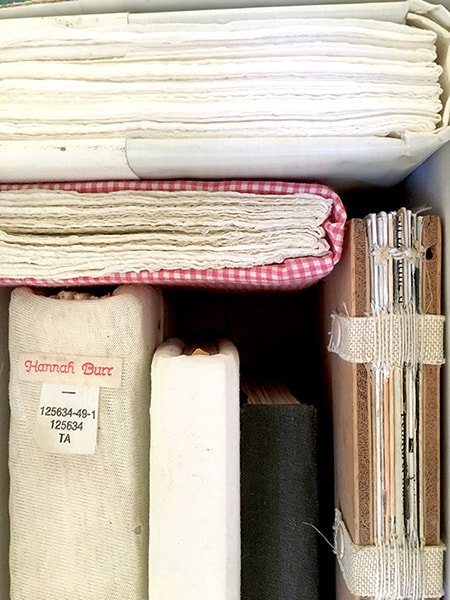
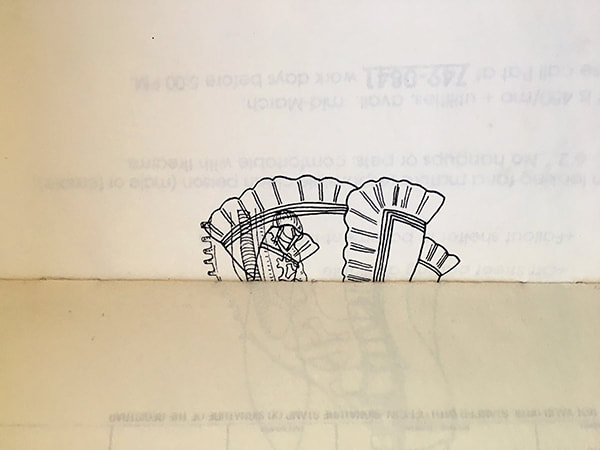
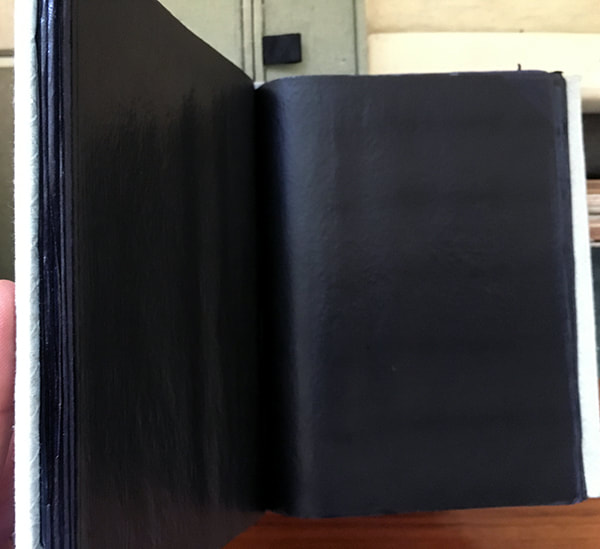
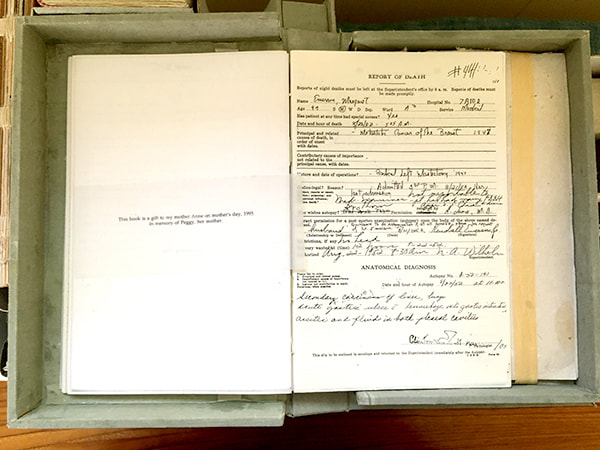
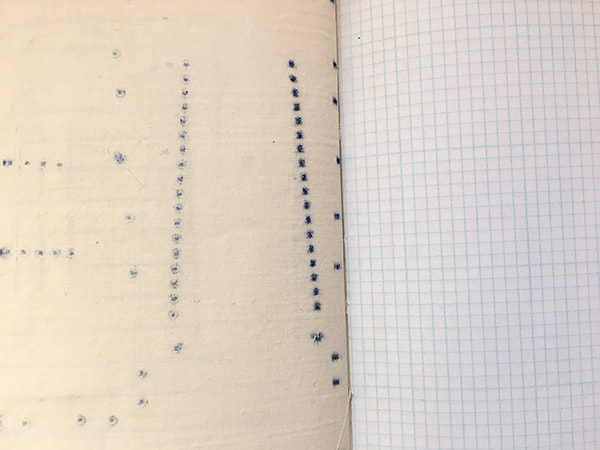
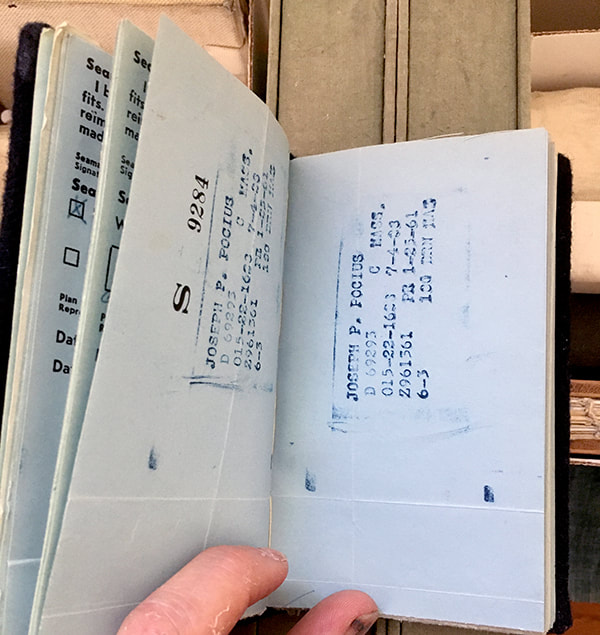
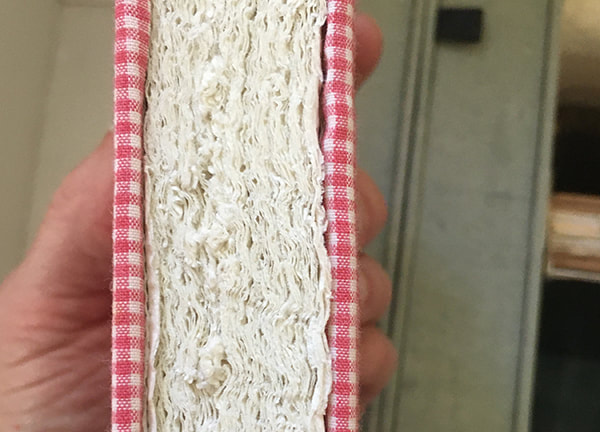
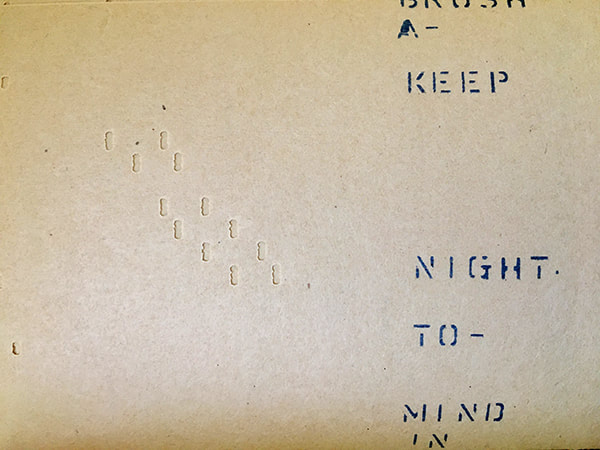
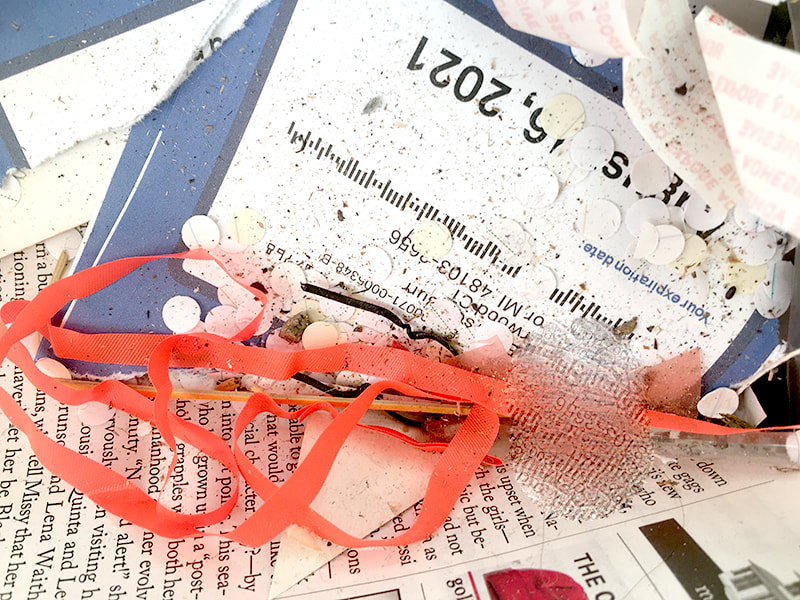
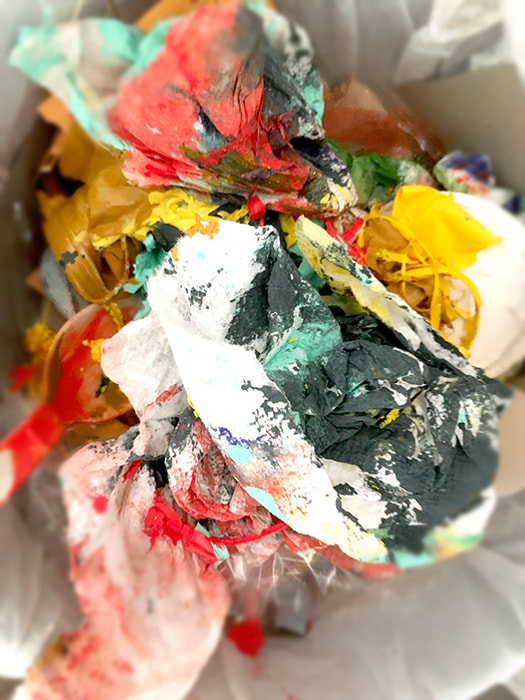
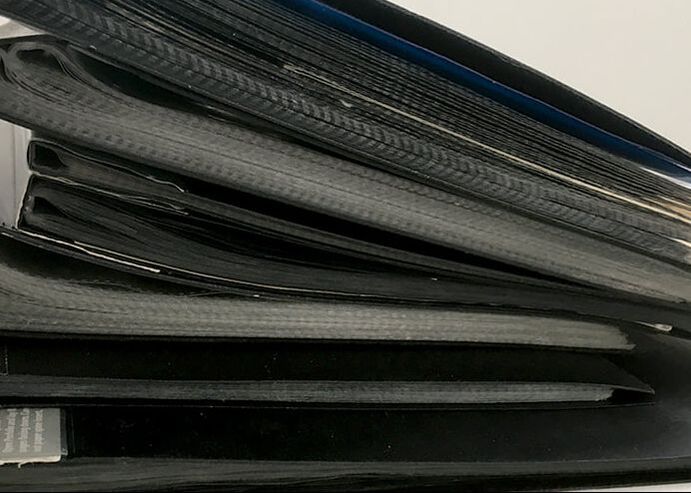
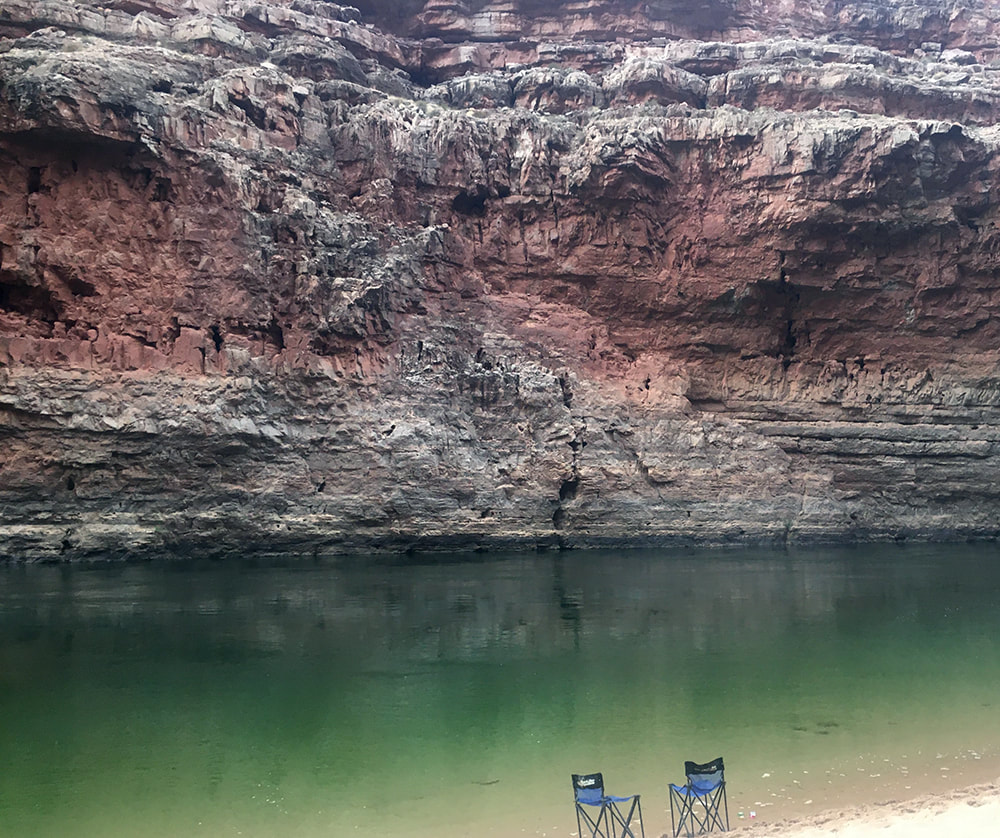
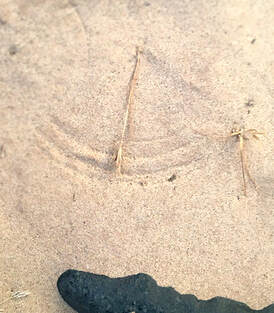
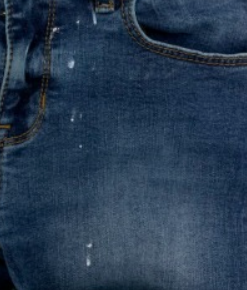
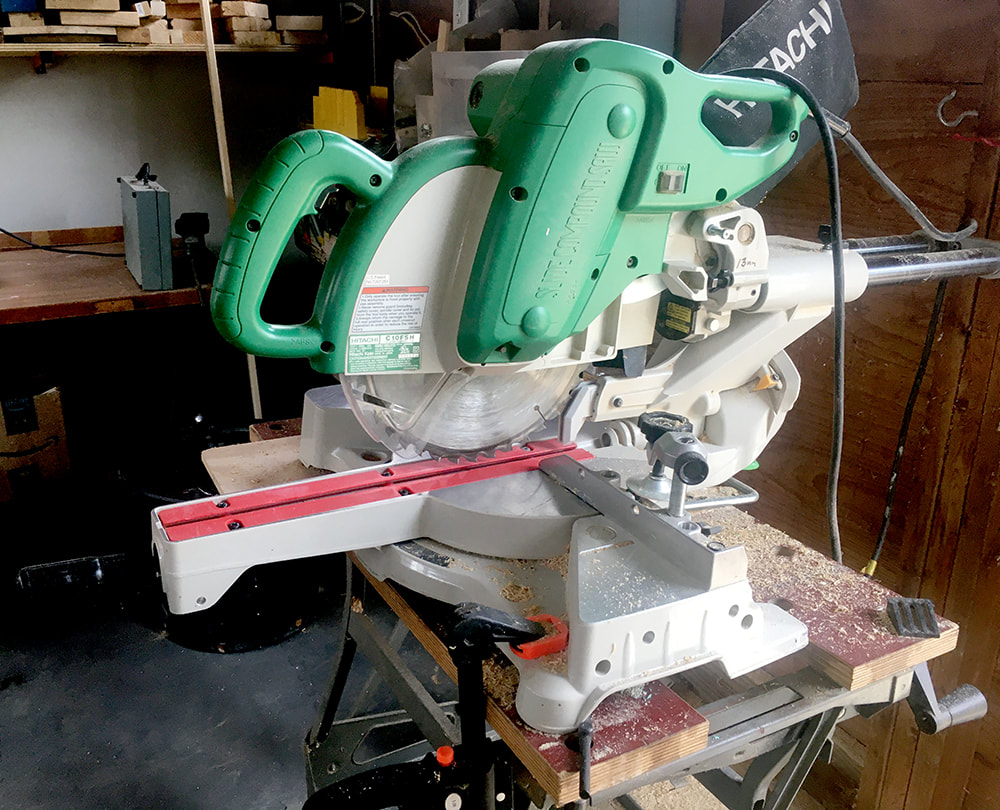
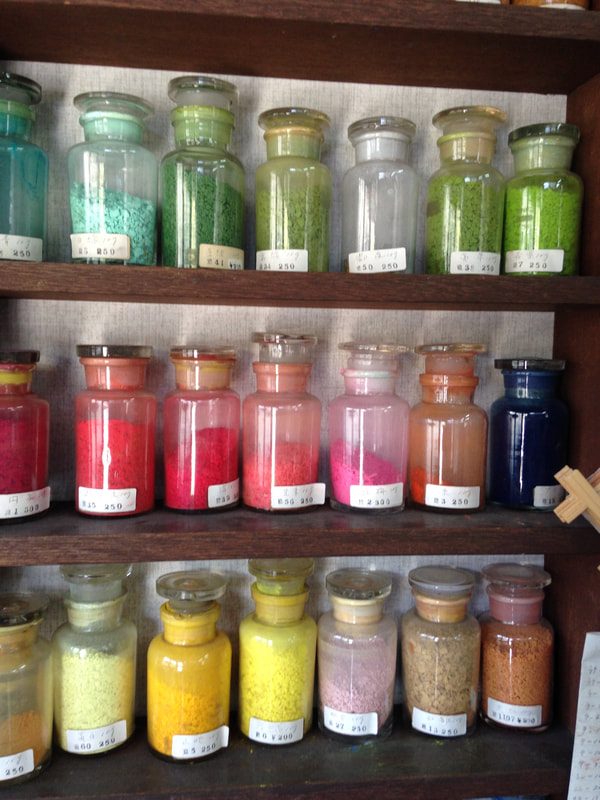
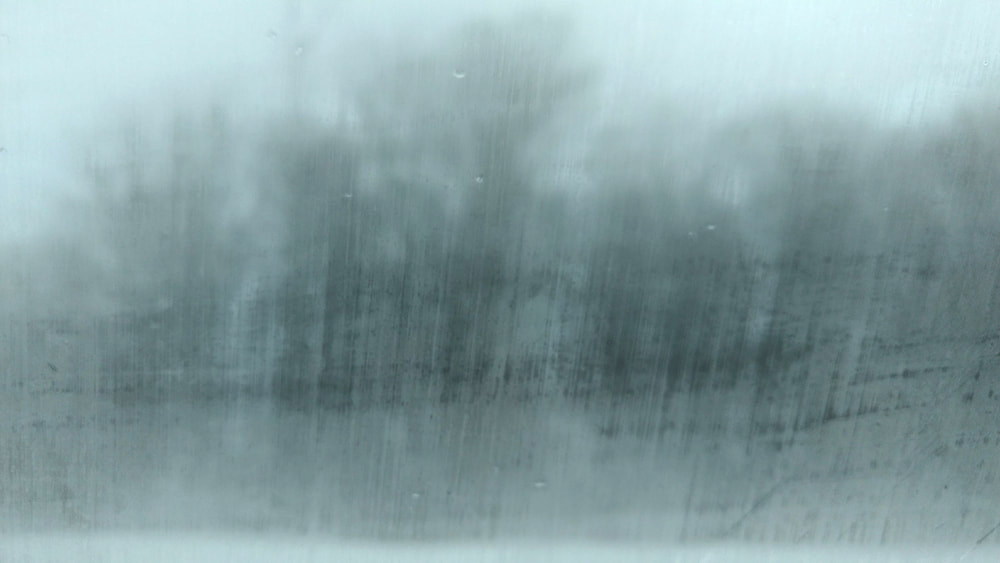
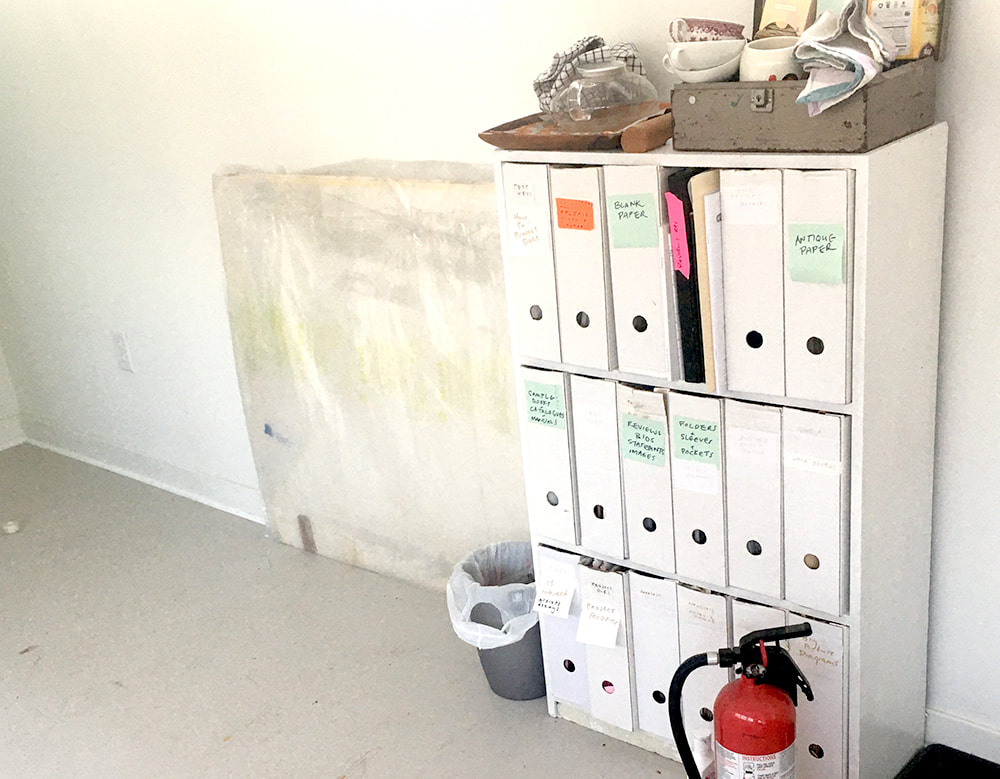
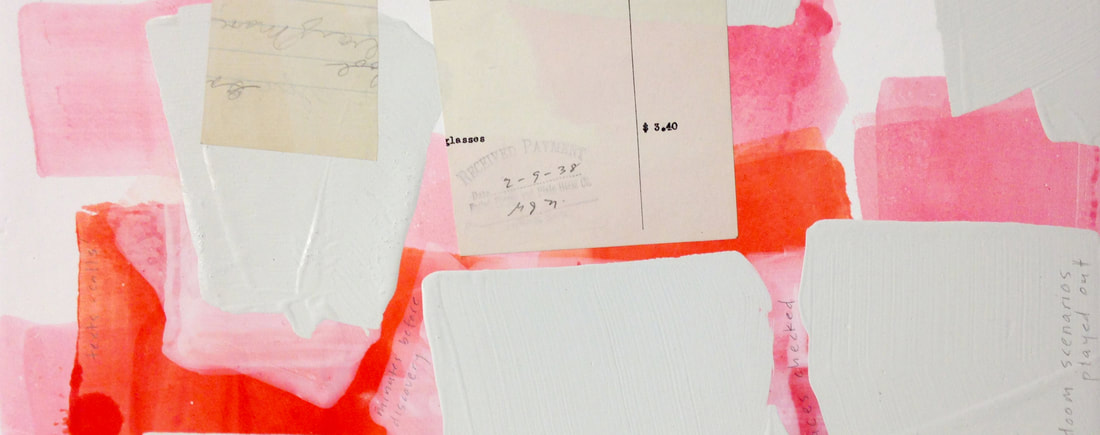
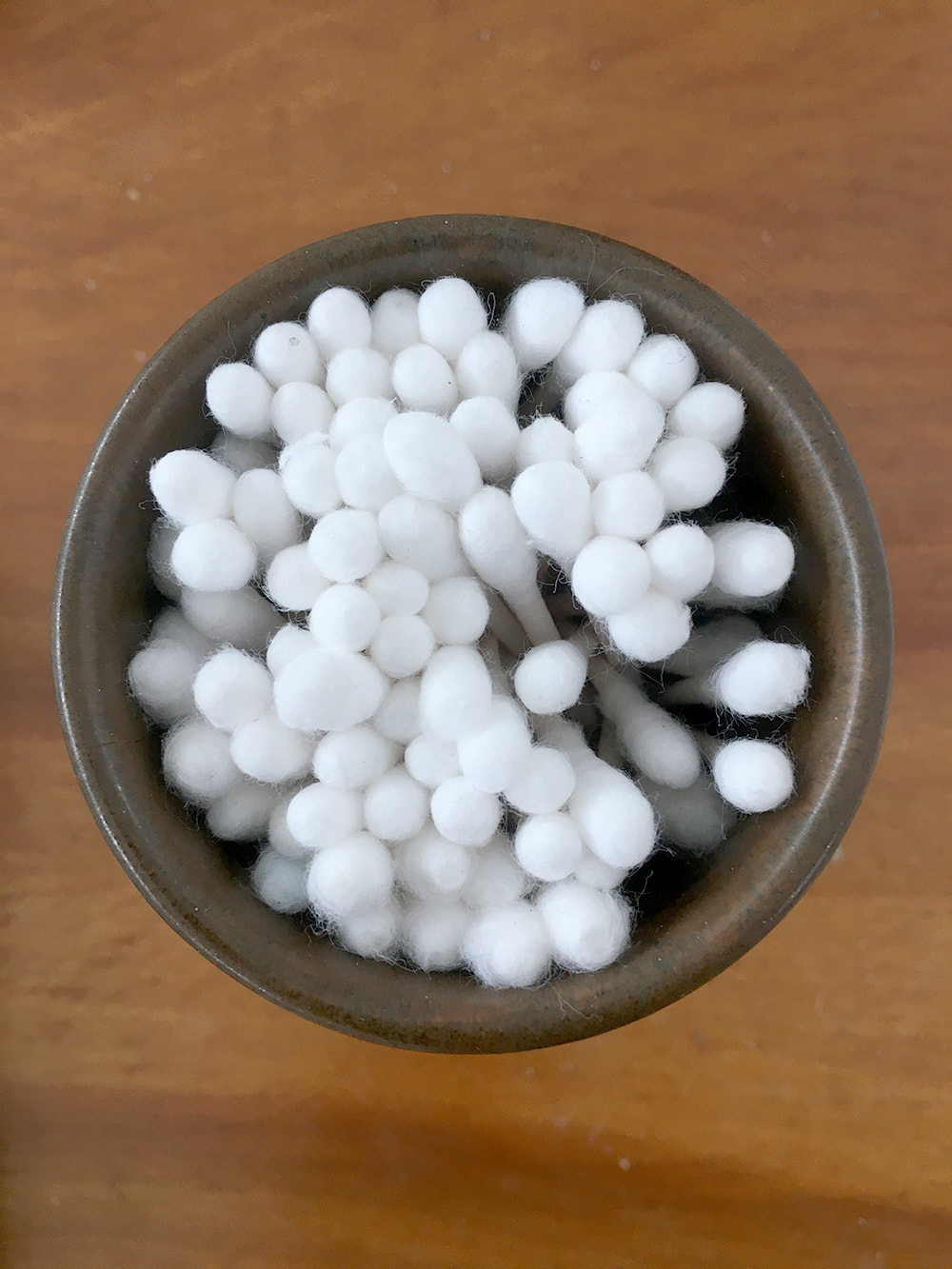
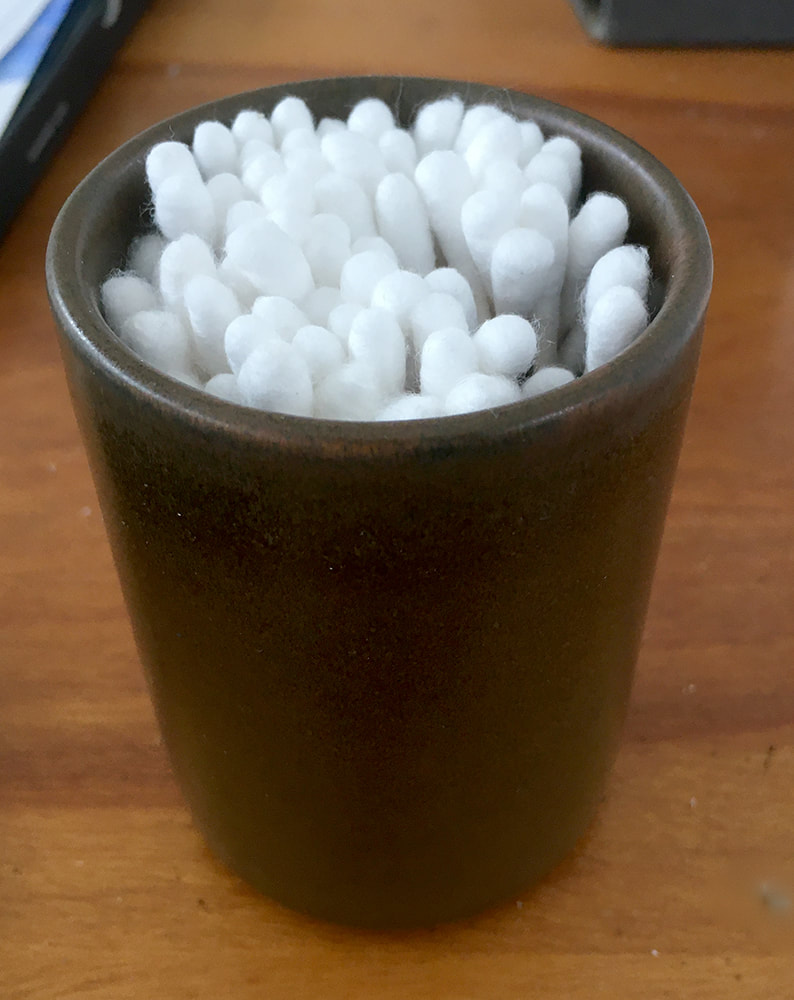
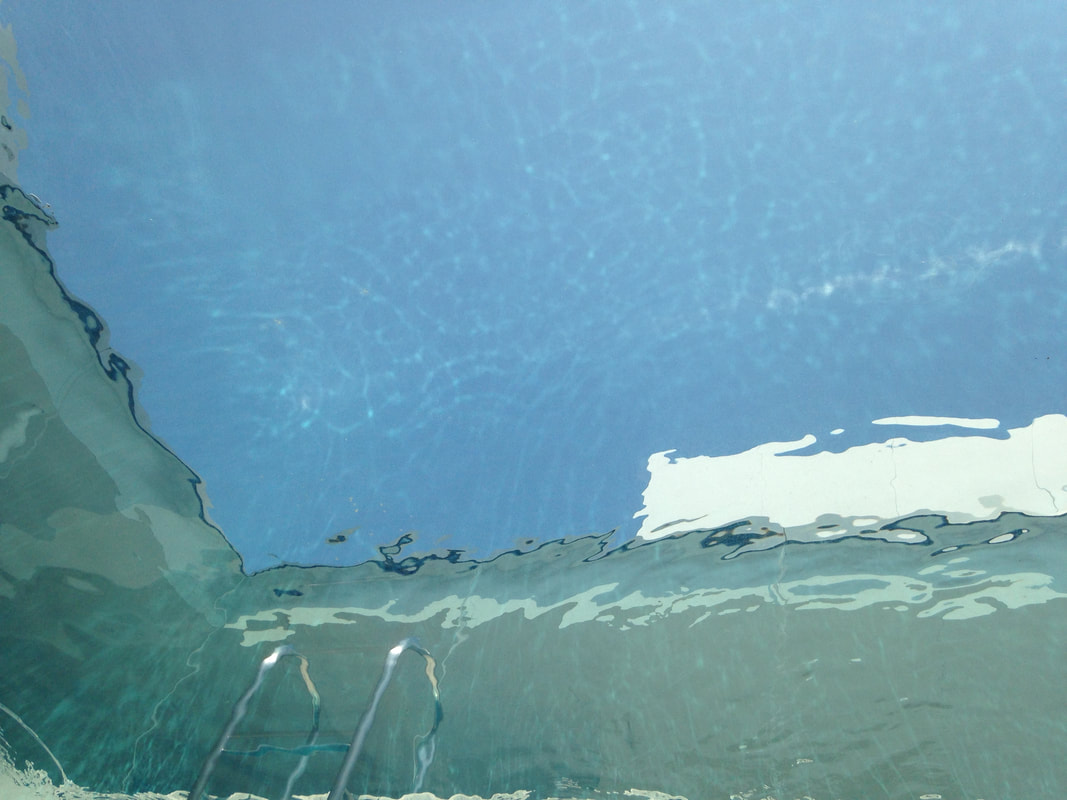
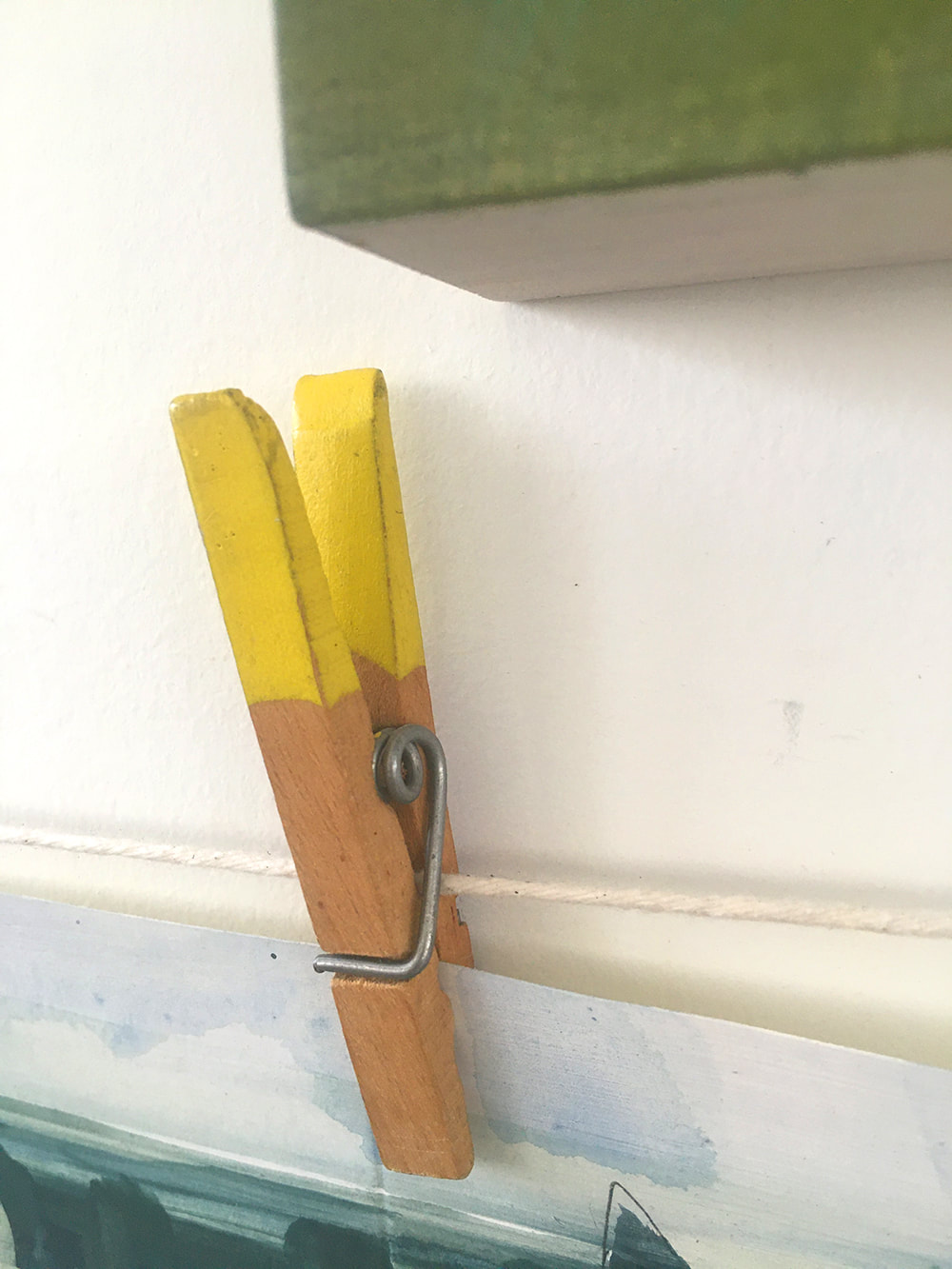
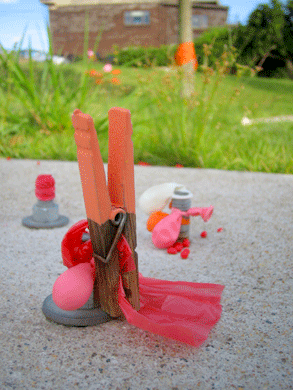
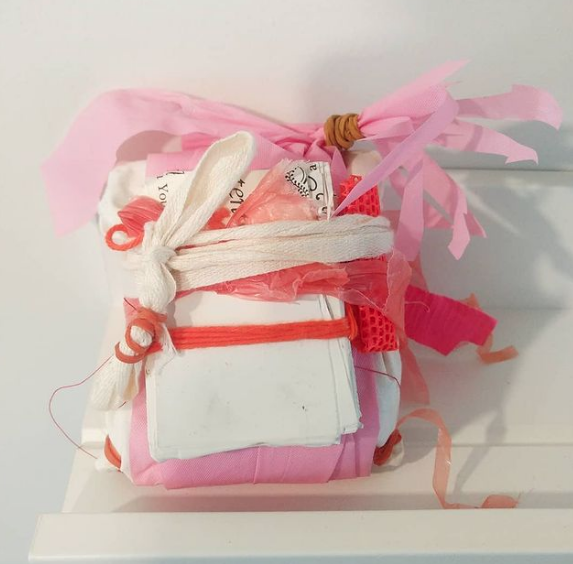
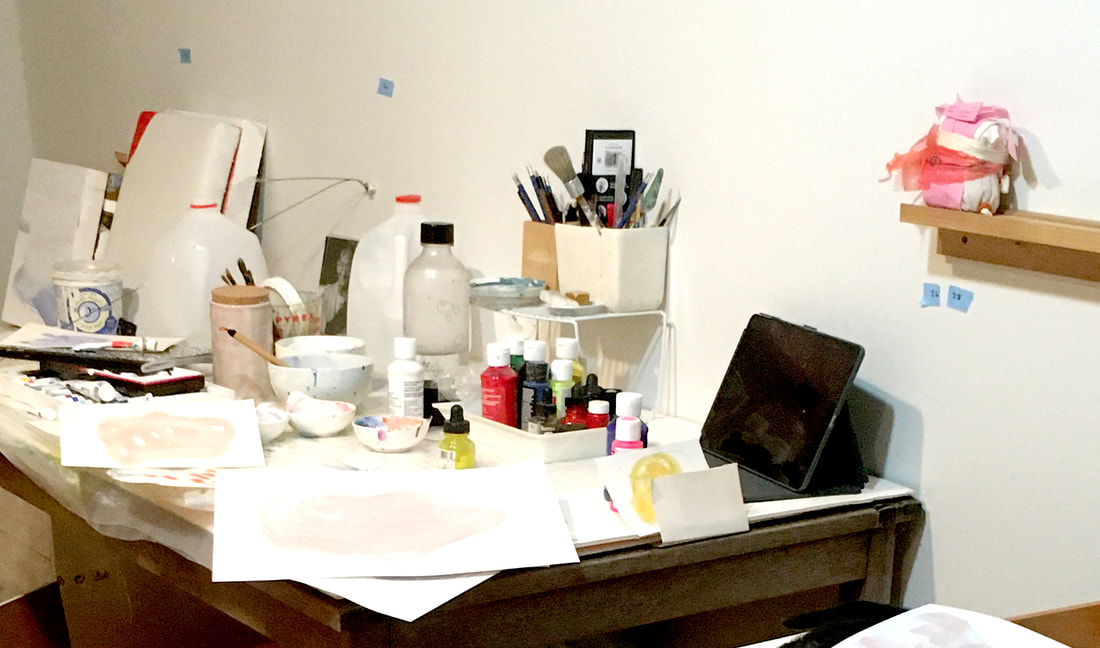
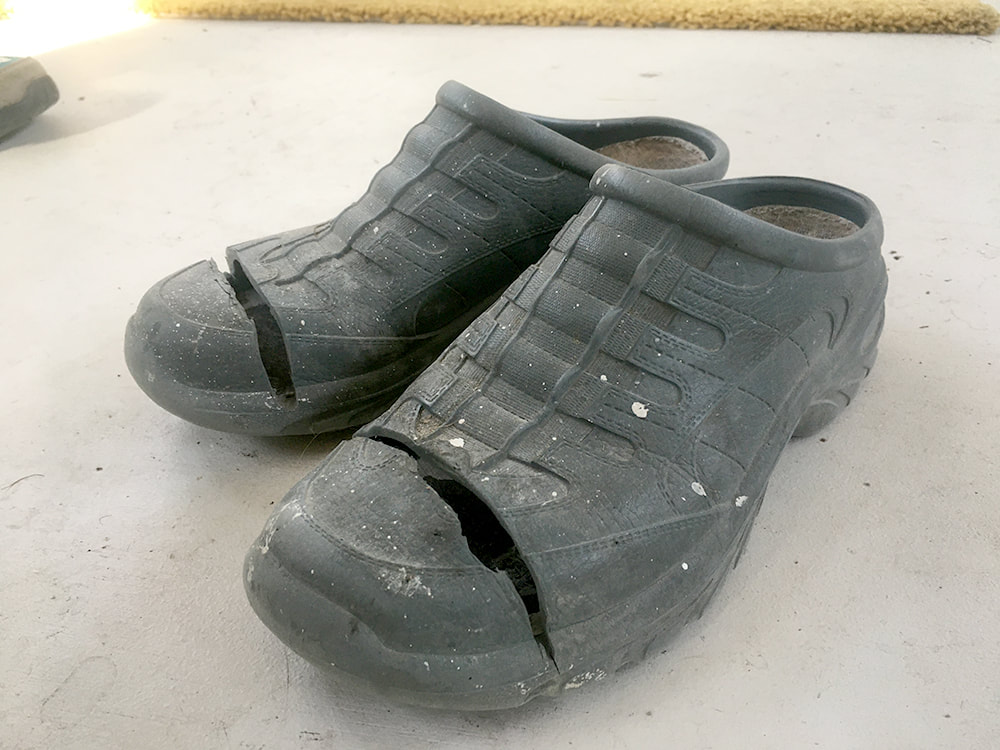
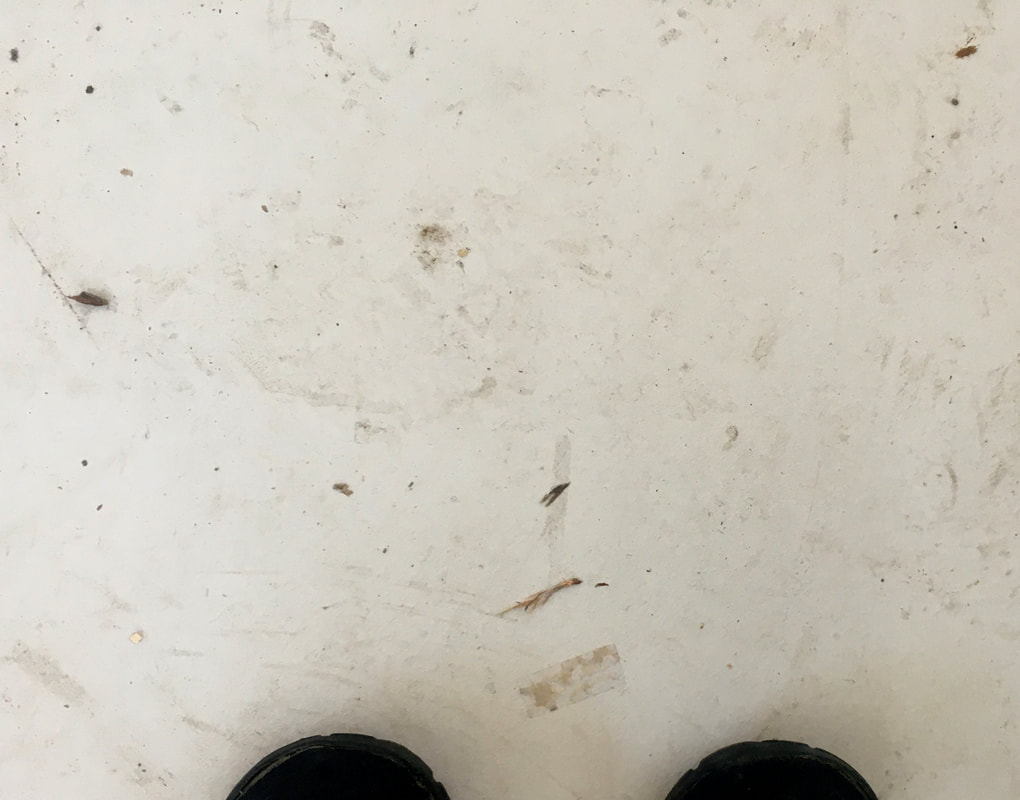
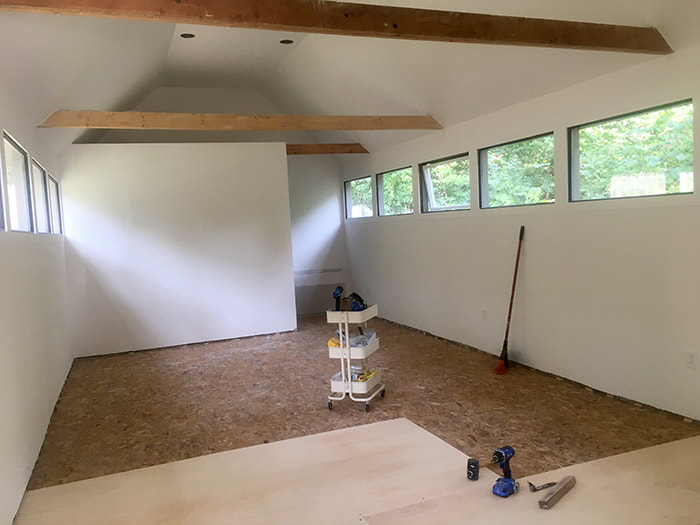
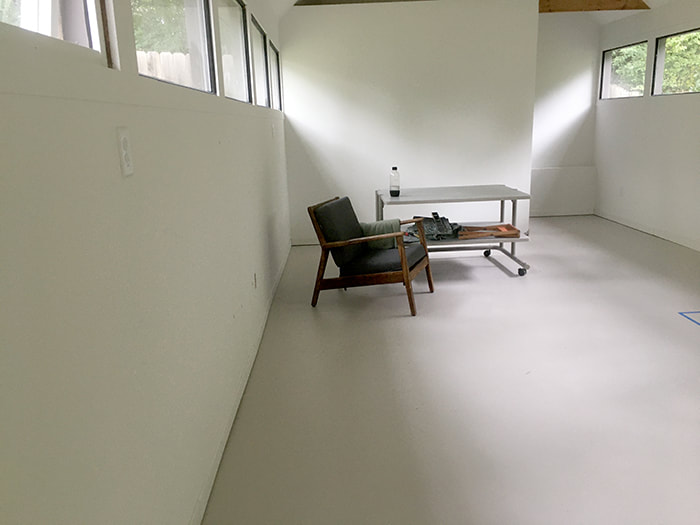
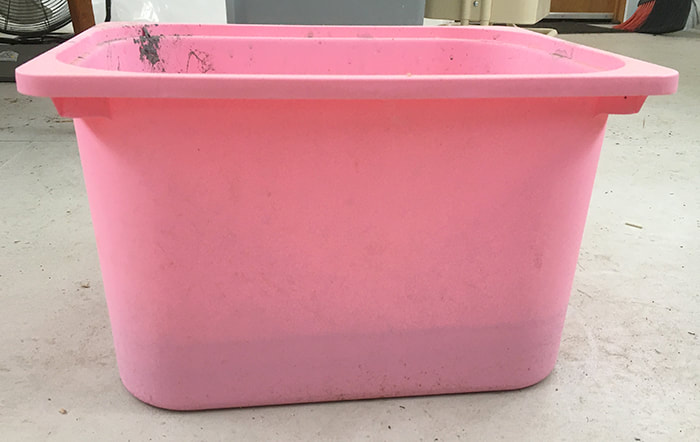
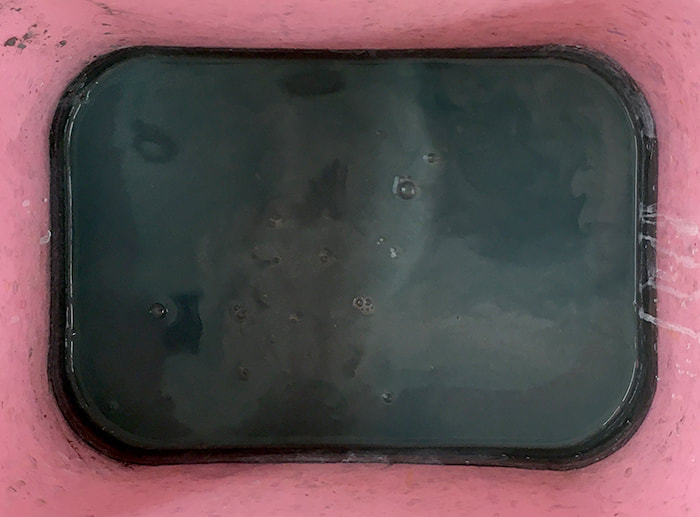
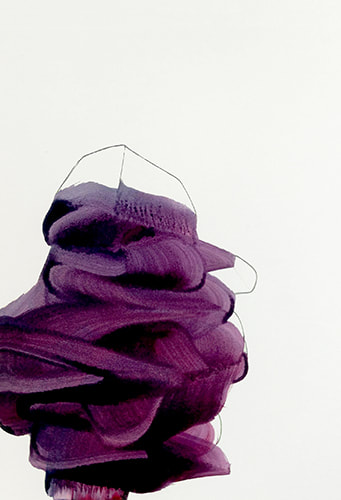
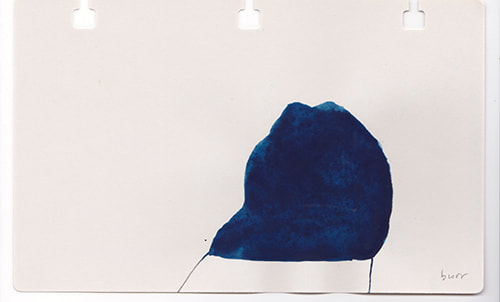
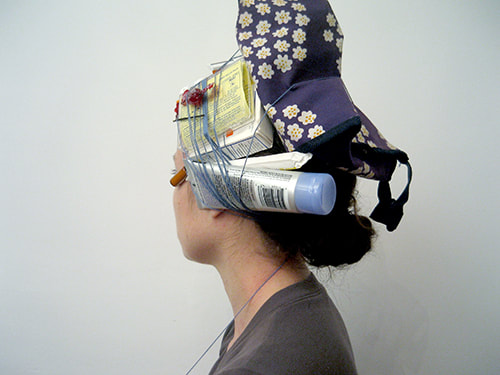
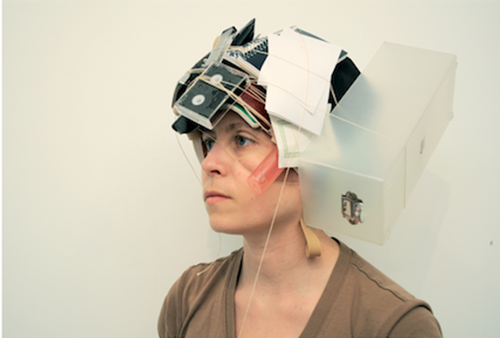
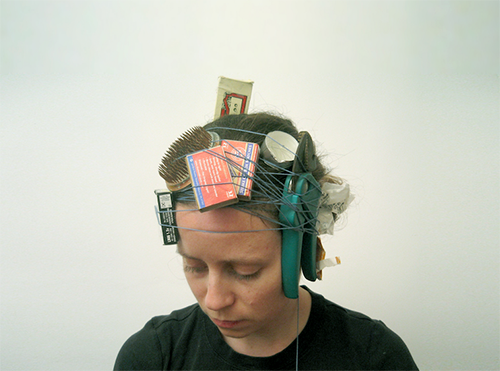
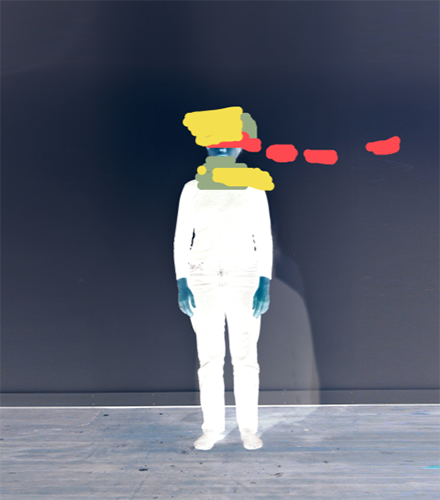
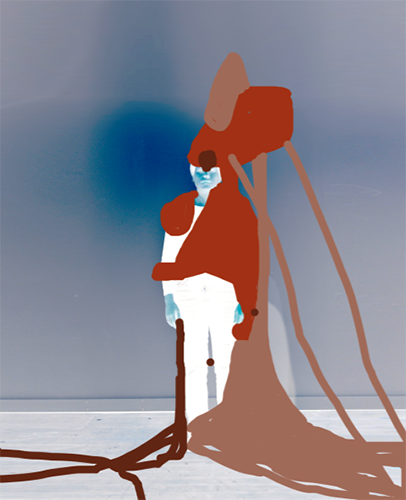
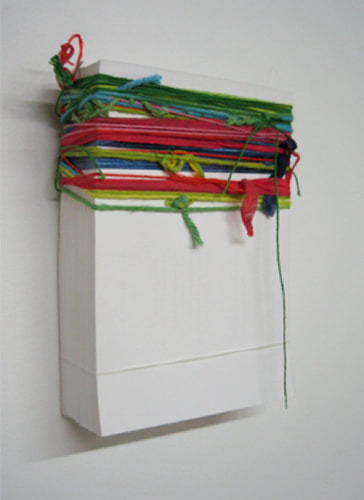
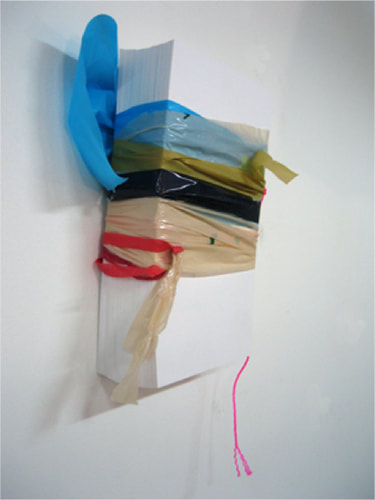
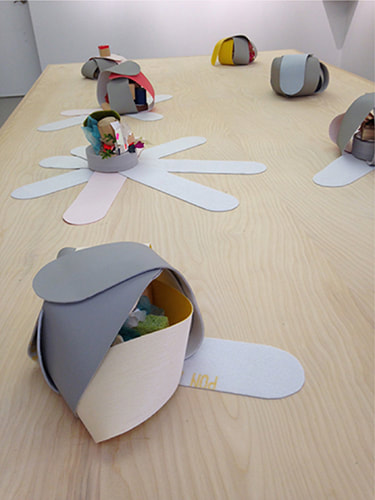
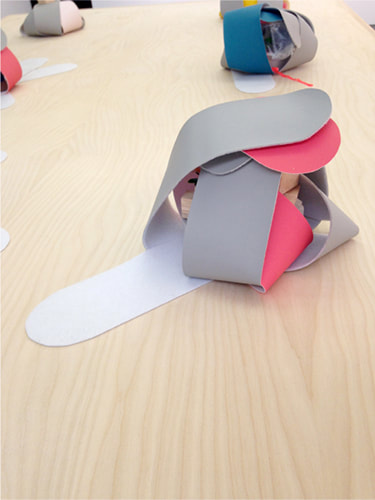
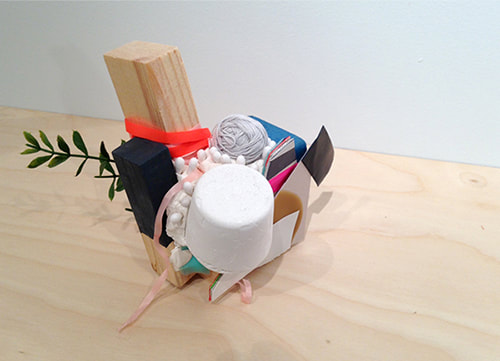
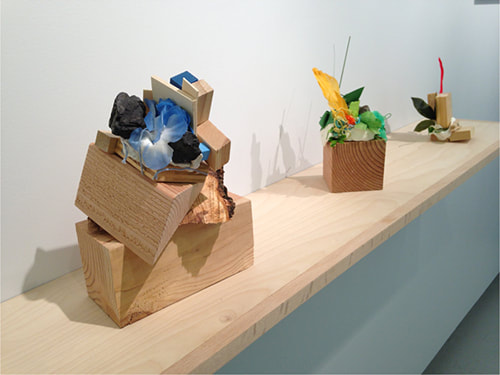
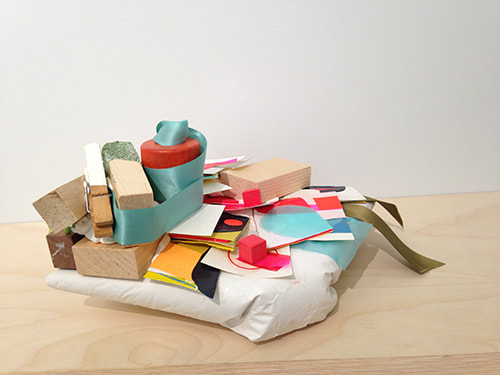
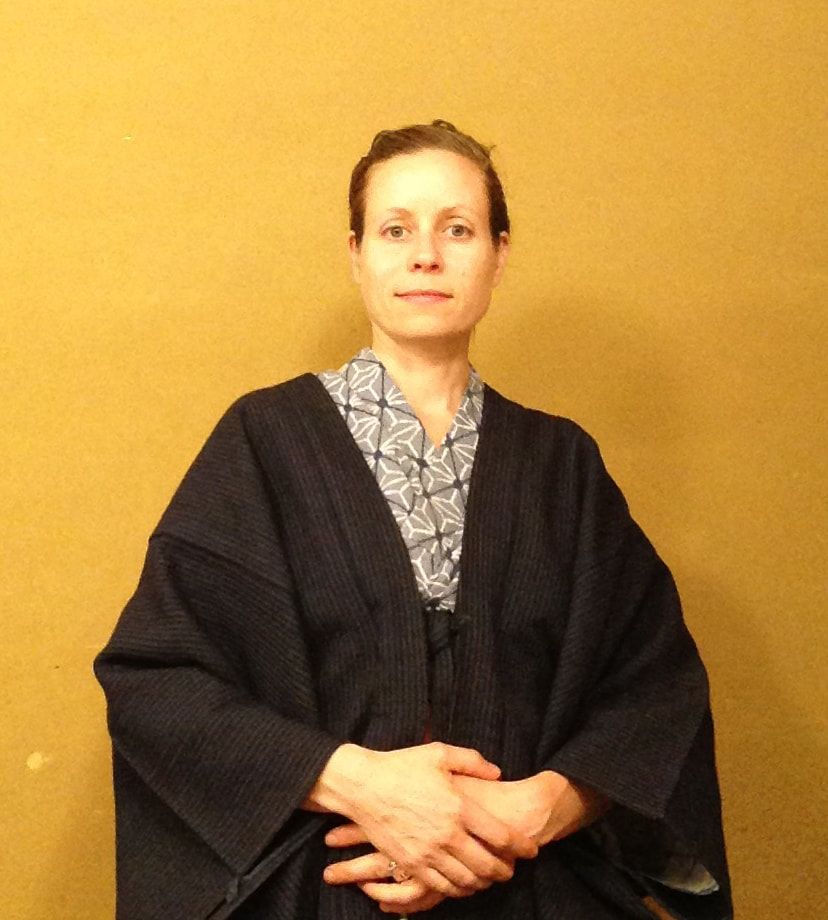

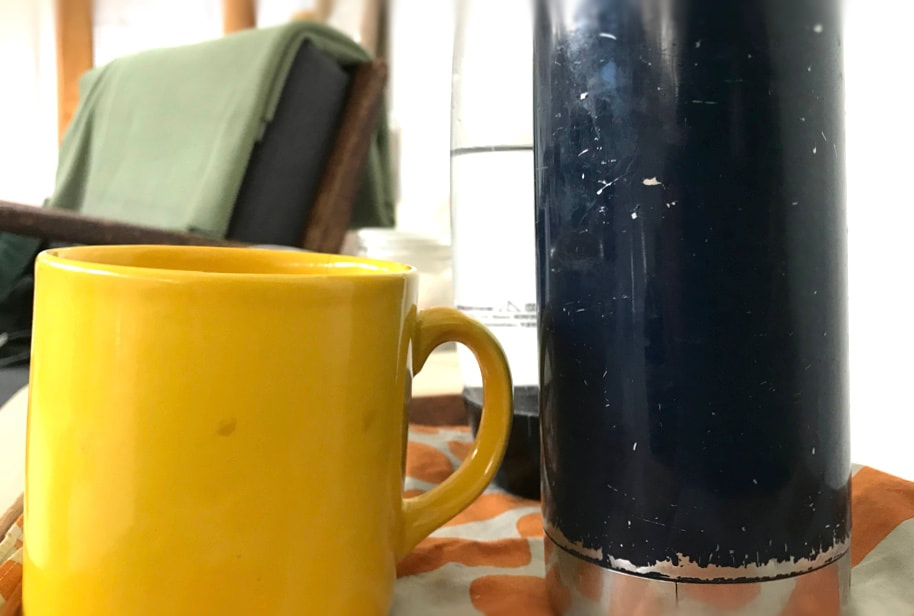
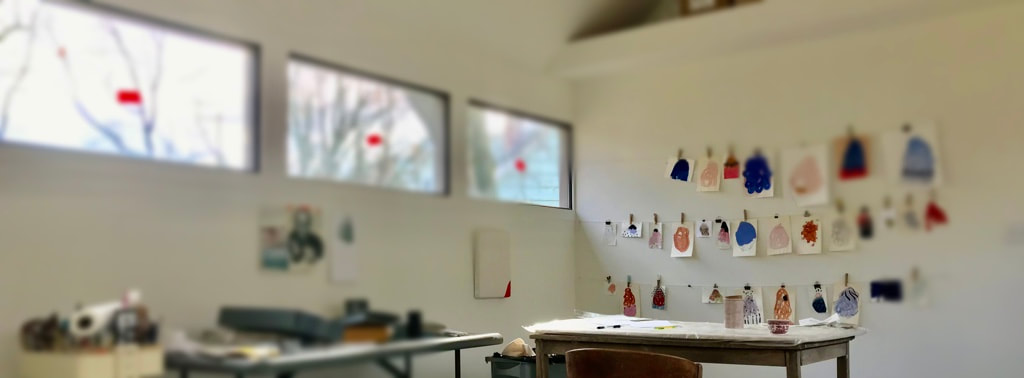
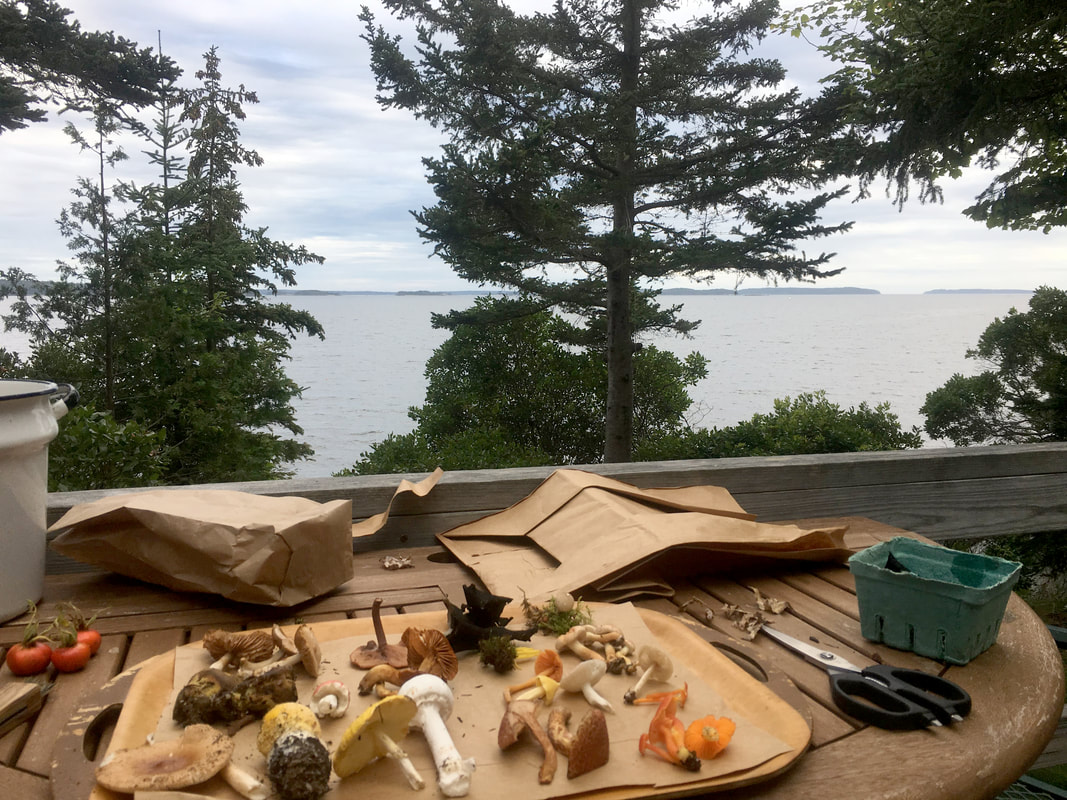
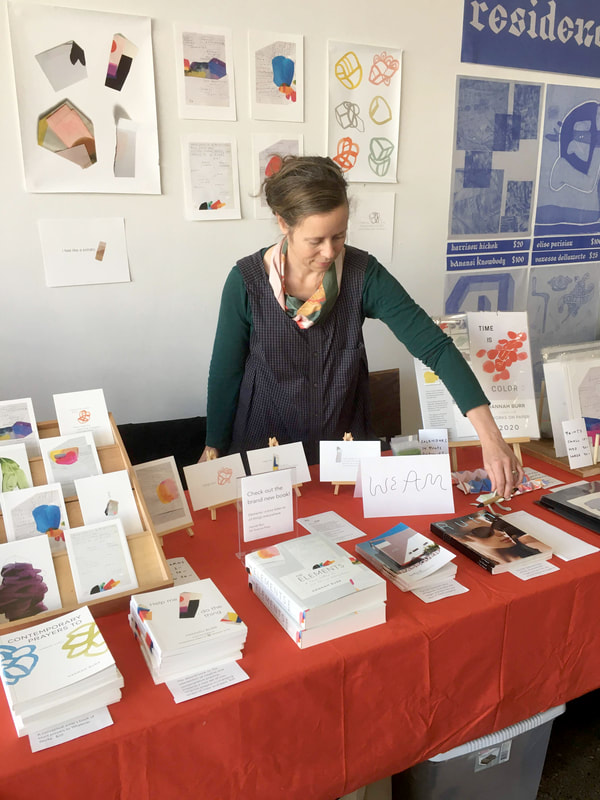
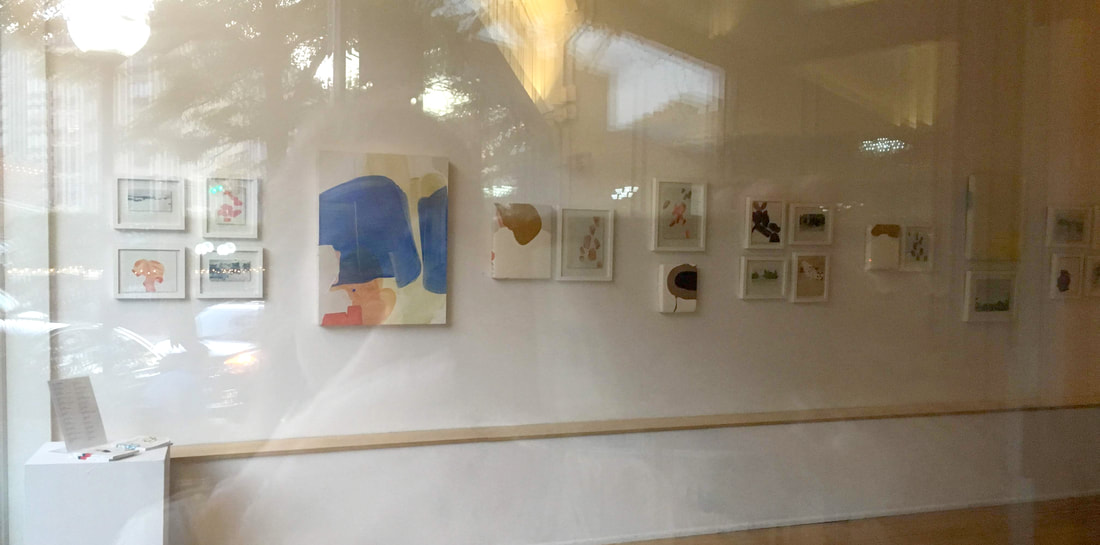
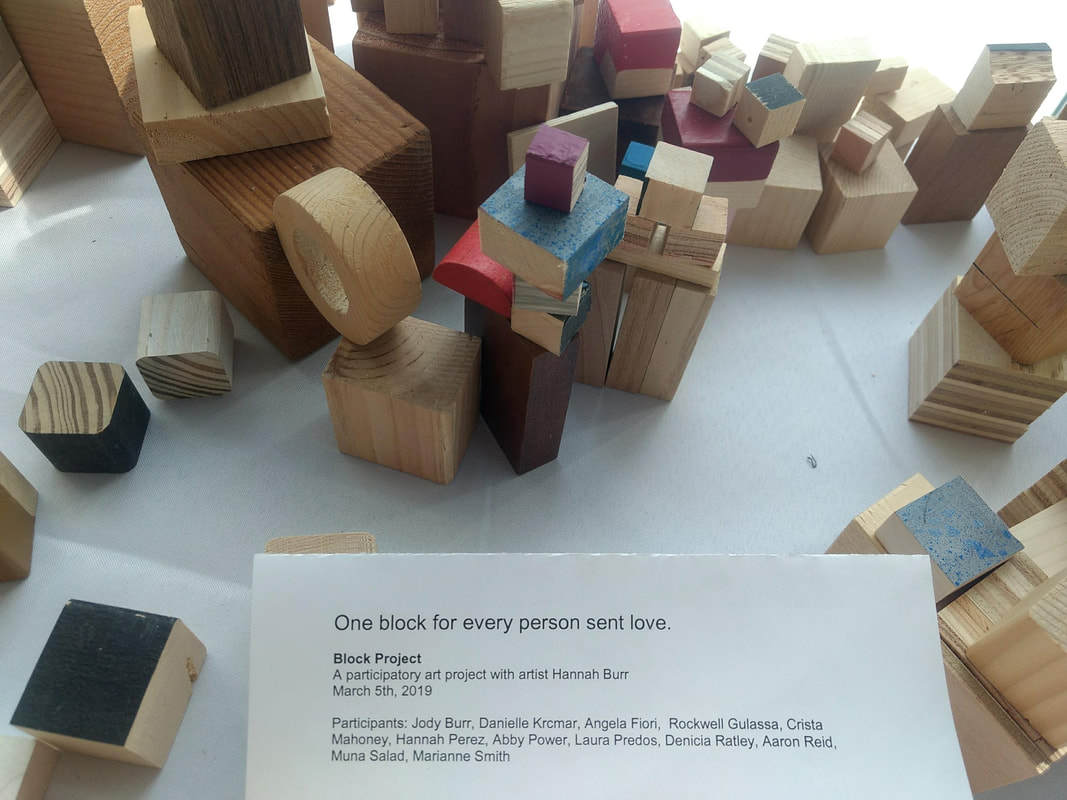
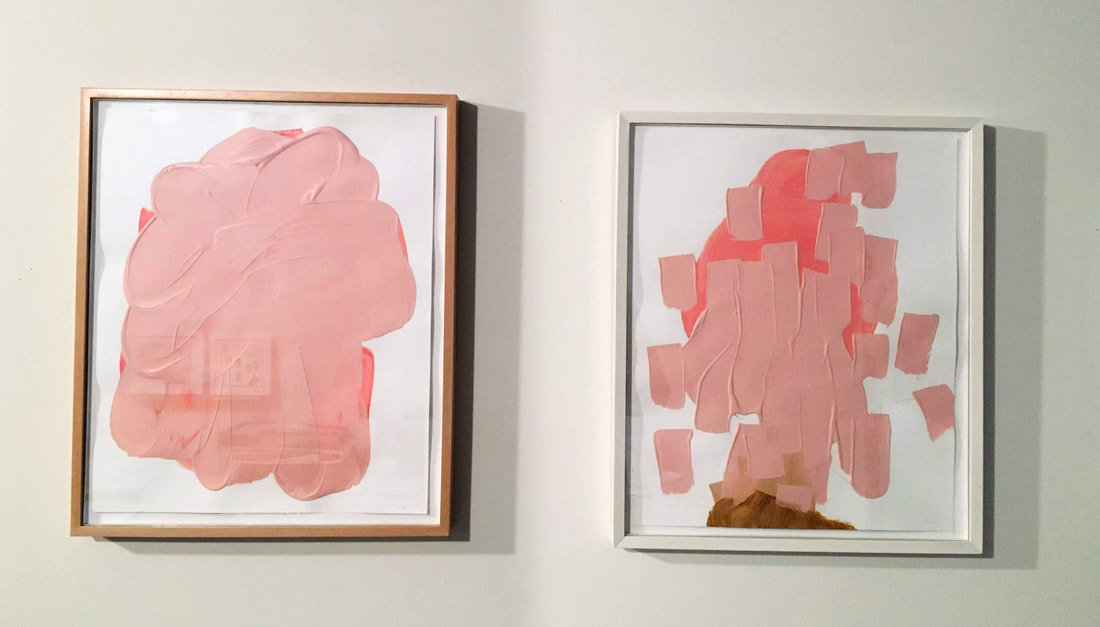
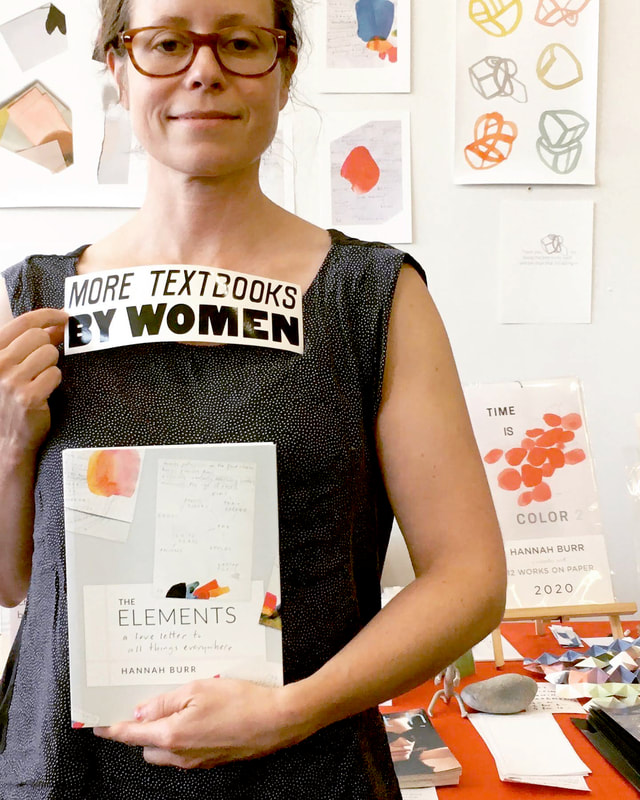
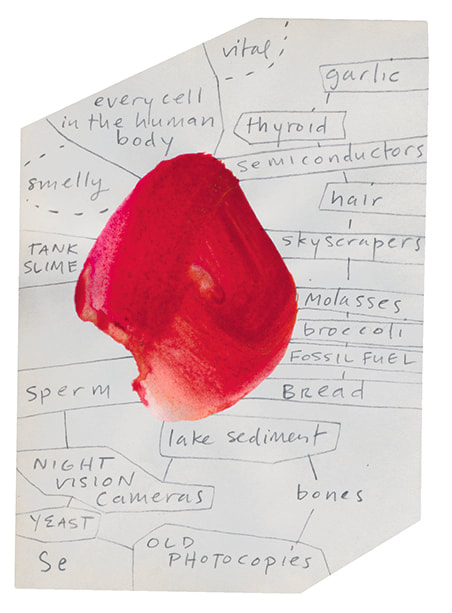
 RSS Feed
RSS Feed